Peru is one of the most exciting and attractive countries in America for all travelers and for all those people eager to learn more about this world. This nation located in the west of South America has a lot of variety to offer you, from its thousand-year history of pre-Columbian civilizations through the days of the Spanish conquistadors, its subsequent independence as a sovereign country, to its present-day with its varied landscapes, spectacular archaeological ruins, and its unparalleled world-famous cuisine.
Below, we offer detailed information on each of the different aspects of this country that are of great interest to you, so do not hesitate to choose it as a destination the next time you think about embarking on a trip.
What is Peru?
Peru is a country in western South America that has a vast history, culture, and nature. Covering an area of 1,285,215 km², it is the third-largest country in South America, after Brazil and Argentina. It’s home to one of the Seven Wonders of the World, Machu Picchu, and the famous floating islands of Peru in Lake Titicaca. Known for its incredible biodiversity, Peru features the coast, the highlands, and the jungle, making it one of the most geographically diverse countries in the world. With 12 UNESCO World Heritage Sites and 84 of the 117 life zones identified worldwide, Peru stands out as a destination of unparalleled natural and cultural wealth.
Where is Peru?
The country Peru is located in South America, on the western side of the continent. It is bordered by Ecuador and Colombia to the north, Brazil to the east, Bolivia to the southeast, Chile to the south, and the Pacific Ocean to the west. Geographically, Peru lies between parallels 0º2' and 18º21'34'' south latitude and meridians 68º39'7'' and 81º20'13'' west longitude. Its strategic location makes Peru a hub of diverse ecosystems and a blend of cultures.
Meaning of Peru
There are several theories about the origin of the name "Peru." One widely accepted version traces it to the Inca civilization’s word "Virú," referring to a region in northern Peru. When Spanish explorers arrived and asked the name of the land, locals responded with "Virú," which eventually evolved into "Perú."
Another theory, supported by the Oxford Dictionary, suggests that the word "Peru" or "Birú" comes from the Guaraní language, meaning "river." Other accounts claim that the Quechua term "Viru" inspired the name.
A more popular version involves Francisco Pizarro and his expedition. Upon stopping in what is now Panama, at the edge of the lands known to Spaniards, they encountered a chief named "Birú." When asked about the name of the land, they were told it was the land of "Birú." As Pizarro ventured south, he extended this name to all territories beyond the Isthmus of Panama, eventually calling it "Perú."
What is certain is that the name "Perú" was officially recognized in 1529 in the Spanish document "Capitulación de Toledo." This royal decree granted Pizarro the title of "Governor of the lands and provinces of Peru and the city of Tumbes," cementing the name in history.
History of Peru
The history of Peru is usually classified into three periods. It is a thousand-year-old history that, for this information guide, in summary, such periods or eras are the following:
Pre-Hispanic
From the 13th millennium BC, when the first human settlements were recorded, a long succession of different civilizations rose in cultural and social complexity, crystallizing in the extensive and mighty Inca Empire until the arrival of the Spanish in 1532.
The Viceroyalty or colonial period
With the arrival of the Spanish conquerors under the command of Francisco Pizarro, a long struggle began between the conquerors themselves and populations opposed to the Inca Empire until the viceroyalty was established in 1572.
The Republic or republican period
Officially established until today, it began on June 28, 1821, when the Argentine general José de San Martín, in command of the liberating expedition, proclaimed its independence in the city that has since been its capital, Lima.
Peru flag
The current flag of Peru was created on February 25, 1825, when General Simón Bolívar was in power in the country. It was first displayed when General San Martín proclaimed independence, although the flag of that time had the same colors but a different design.
This flag, with three vertical bands, two red on the sides and one white in the center, has several versions of the meaning of these colors. The most widely accepted version is that red symbolizes the blood shed by heroes, and white represents freedom, social justice, peace, and purity.
➡️Did you know it? Cusco rainbow flag!
The flag of Cusco, with its vibrant rainbow colors, often mistaken for the LGBTQ+ flag, actually symbolizes Andean heritage. Introduced in the 1970s, it represents the diversity and unity of Cusco’s culture with seven colors that reflect natural elements, spiritual chakras, and Cusco’s connection to its Incan roots. Though not originally an Inca symbol, it now stands as a proud emblem of Cusco's cultural identity.
Peru Money
The official currency of Peru is the sol. Its current name comes from sol de oro, a currency that was used during the colonial period. Sol has been its official name since 1991. It has several denominations in coins and banknotes.
- Coins: 1, 2, and 5 soles; 10, 20, and 50 cents.
- Banknotes in soles: 10, 20, 50, 100, and 200.
Vibrant Culture of Peru
Peru is a country of great geographical and cultural diversity. Its geographical diversity can be said to be the basis of its cultural diversity in terms of a wide range of traditions and artistic representations, to which are added the influences rooted by the conquest and by migrants from different countries throughout its republican history.
Traditional Festivals
La Candelaria
This festival is celebrated in early February in Puno in honor of the Virgin of Candelaria. It fuses representations of myths and stories from that Andean region with Catholic traditions such as processions and masses.
Holy Week
Celebrated throughout the country for the passion, death, and resurrection of Jesus of Nazareth, but the most famous is the one celebrated in Ayacucho. The date of this celebration varies according to March and April.
San Juan Bautista
On 24 June, the Amazon comes alive with celebrations in honor of San Juan Bautista, the patron saint of the Amazon, particularly in regions like Loreto, San Martín, Madre de Dios, and Iquitos. This celebration combines Catholic elements with those of Amazonian culture. People gather to participate in rituals such as the "baño bendito" in sacred rivers and traditional dances like the pandilla, creating an atmosphere of spiritual renewal and harmony with nature.
Festival of the Sun or Inti Raymi
On June 24, in Cusco, this important Inca festival dedicated to the Sun or Sun God Inti is recreated. It marks the winter solstice in the southern hemisphere. This festivity involves feasting, dances, and music to thank Inti for the year's harvest and to ask for his blessing for the upcoming one. This event takes place in three key locations: Qoricancha, Plaza de Armas, and Saqsayhuaman.
Independence Day
Peru's Independence Day is July 28, and it is celebrated with civic and military parades in all the Peruvian cities, as well as various cultural activities.
Santa Rosa de Lima
In honor of the patron saint of Lima, the country's capital. It is also celebrated in other cities and towns on August 30.
Lord of Miracles
Celebrated in October in Lima, and is also known as the Christ of Pachacamilla. It is a very heartfelt tribute to the image of the crucified Christ that remained intact despite a strong earthquake in 1665.
Pachamama Raymi
Celebrated on 1st August, mainly in Puno and Cusco, but with equal enthusiasm in other parts of the Andean region. Pachamama is Mother Earth, a fundamental deity in the worldview of various peoples of the Andes of South America.
➡️Reed more: Pachamama
La Marinera
This is a traditional dance that is celebrated in Trujillo in January of each year. It consists of a conventional dance through which courtship is represented or symbolized as a game between a man and a woman. In addition, various cultural activities related to the theme of the celebration are carried out.
Peruvian Music
Musical genres such as cumbia, salsa, and various Andean melodies are well-known. However, the country's typical music dates back to pre-Columbian times and later to a mixture of expressions with Spanish, indigenous, and African influences.
Andean music is generally considered to be the most typical of the country because instruments such as the panpipe, the quena, and the charango are used for their performance. In it, the fusion of European influences with harmonies and rhythms of indigenous origin can be appreciated.
➡️Read more: Peruvian music
Peruvian Dance
Like every country with a long history and a distinguished cultural tradition, Peru has and exhibits traditional dances with great color, both for religious and civic festivals. Among them, the Huayno stands out, with pre-Hispanic heritage and later with elements of cultural fusion, and it is the most popular in the Peruvian highlands.
There is the very popular and very colorful La Marinera, which has many variations depending on the area where it is practiced. For many, it is an indisputable symbol of Peruvian identity.
No less important is a dance that combines magical and religious elements in its performance. The Dance of the Scissors is traditional in Lima, Apurimac, Huancavelica, and Ayacucho.
Breathtaking Landscapes in Peru
Peru is a country with great and diverse natural beauty, manifested in habitats, ecosystems, flora, fauna, and climates. This natural diversity has been an attractive stimulus for tourism, numerous research projects, and scientific research.
Here, we will take you on a tour of three places that, just by seeing them in photographs, awaken the desire to visit them and contemplate their impressive and mystical beauty on site.
The Amazon Rainforest
After Brazil, Peru is the South American country with the largest expanse of the Amazon rainforest. Its area of 782,880 square kilometers is just over 60 percent of the country's total territory. The Amazon rainforest is one of the areas in the world with the greatest endemism and biodiversity and is made up of two regions: the low jungle and the high jungle.
The temperature is high throughout the year, and rainfall is not very frequent; it is even considered the wet season. Only 13 percent of the population lives in the Peruvian Amazon. Its almost virgin landscapes, in a certain sense, exert a peculiar fascination on the visitor.
The Andes Mountains
The Andes in Peru are, in turn, a set of mountain ranges that cross the country from north to south and occupy 32 percent of its territory. Throughout their length, they show different characteristics in terms of their composition, configuration, and structure.
Of these different mountain ranges that make it up, two stand out for the rigor of their profiles and their height: the Huayhuash mountain range and the White mountain range. These are the highest peaks in the country. In the first, the Huascarán snow-capped mountain, the tallest in Peru, reaches 6,768 meters (22,205 feet) above sea level, followed by the Yerupajá snow-capped mountain, standing at 6,635 meters (21,768 feet).
Lake Titicaca
In the imposing heights of the Peruvian Andes, 3,800 meters above sea level, lies the highest navigable lake in the world. That is Lake Titicaca, a vast body of water in which the impetuous mountains that surround it are reflected.
Its islands and shores have been places where ancient civilizations flourished, living and developing their lives in complete harmony with this mystical and fascinating environment. Andean cultures, with their traditions and history, have played a very important role in this lake.
Exploring the Culinary Scene in Peru
Peru is worth visiting, not only for its diverse landscapes and archaeological attractions, but also for its varied and charming cuisine. There are many traditional dishes and drinks along with innovative fusions of different culinary arts, which create a unique magnetism that makes Peru a wonderful destination for those who visit it.
Traditional Peruvian dishes
Ceviche
It is undoubtedly an emblematic dish of Peruvian cuisine. Regardless of its disputed origin with Chile, Ecuador and even Mexico, the Peruvian recipe stands out because it combines fresh raw fish, chili, red onion and the special touch of lemon.
In Peru, its origin dates back to the pre-Incan period and in particular to the Mochica culture. At that time, fresh fish from the area was the base, accompanied by other ingredients. Ceviche is a very pleasant explosion of flavors on the palate, which has conquered diners from many countries both in America and on other continents. In 2004, it was declared Cultural Heritage of the Nation.
Chifa
According to experts in gastronomy, the word chifa is of Cantonese origin and in its original spelling is composed of two words: chi, meaning to eat, and fan, meaning rice. Its origin dates back to the end of the 19th century, and some say it was around 1874. The truth is that chifa is a very popular dish throughout Peru and over time other ingredients have been added and merged.
It is worth saying that its origin is Chinese but with influences from Peru. In its classic version, it is based on rice and other ingredients are added such as egg, red pepper, soy sauce, green onion, soy sauce, sesame oil and ginger, among others.
Arroz con Pollo
This dish of undoubted Spanish origin became a true classic of Peruvian culinary art and emerged as an alternative to the traditional duck rice, given its cost.
In any restaurant in the country you can find this dish on your menu, even with variations that do not alter its originality but rather the characteristic flavor of each cook or chef.
In some cases, as a main dish, it is accompanied with papa a la huancaína and salsa criolla. In others, it is the ideal accompaniment to a good main dish.
➡️Read more: Peruvian Food Favorites
Traditional Peruvian Beverages
Peruvian beer
Beer in Peru has a rich and varied history, with traditional brands and a growing craft scene. Popular brands include Cristal and Pilsen Callao, ideal for celebrations, and Cusqueña, which stands out for its quality and Andean tradition. In the craft market, beers such as Cervecería del Valle Sagrado and Barranco Beer Company have gained recognition, integrating local ingredients such as quinoa and cocoa. This combination of traditional and craft beers offers an authentic and unique experience, reflecting the cultural diversity of the country.
➡️Read more: Peruvian Beer
Peruvian Pisco
Of genuine Peruvian origin, resulting from the adaptation of the different types of grapes brought by the Spanish conquerors to the lands of what was then the Viceroyalty.
It is a type of spirit obtained by the fermentation and distillation of properly selected grapes. In Peru, there are four types of pisco: green must, acholado, pure aromatic and pure quebranta. Today, the quality and variety of pisco is such that it forms part of an exquisite accompaniment to the best dishes of Peruvian cuisine.
➡️Read more: 10 Peruvian drinks
Must-Visit Tourist places in Peru
Whether for its impressive landscapes, its cities with a long history, the extraordinary ruins of the Inca Empire, its deserts and its mountain ranges, Peru is a country that seduces every traveler who wants to know more about the world.
There is much to see, learn about and enjoy from north to south, from east to west, with cities and towns with their own stories and traditions.
Lima
For both residents and tourists, Lima is a city full of historical and cultural attractions. Its historic center, a World Heritage Site, brings together modern buildings, colonial architecture and ruins of ancient civilizations.
Lima, the country's capital, is the main gateway to the entire national territory. In addition to its extensive cultural and historical heritage, you can enjoy its beaches on sunny days and practice water sports such as surfing, among others. And you can't miss out on your visit to Lima, visiting its excellent restaurants with the best and most varied Peruvian cuisine with a Lima flavor.
Arequipa
Known as the city of white stone, Arequipa is, according to UNESCO, a World Heritage Site. Its attractions are various and of different characteristics, ranging from snowy places, deep canyons and seductive beaches.
If what you want in a city in Peru is a complete destination in terms of variety, Arequipa awaits you with many types of activities in each of its areas.
Piura
This city is the capital of the department of the same name, in the northern part of the country. On the banks of the Piura River, in the warm coastal desert, its majestic beaches, its architecture and its historical relevance are the favorite destination of thousands of tourists.
It is also known as a city where the temperature is high throughout the year, but precisely for that reason it is ideal for practicing sea sports such as surfing. In addition to this attraction, it invites you to discover its emblematic and iconic places, along with its exquisite gastronomy, very peculiar to all Peruvian food.
Cusco
A historical, cultural and cosmopolitan jewel of the American continent, Cusco (also written as Cuzco) is another Peruvian city declared a World Heritage Site by UNESCO. In its surroundings you can find wonders such as the Sacred Valley of the Incas, Sacsahuyamán and the citadel of Machu Picchu.
Its history is one of the most important in Peru because it was the capital of the extensive and powerful Inca Empire and for that very reason it is considered the historical capital of the nation. When visiting Peru you cannot miss being in it and from there start your tourist experience towards those outstanding destinations that surround it.
Machu Picchu
Machu Picchu, one of the seven wonders of the modern world, is an impressive example of Inca architecture. Its name comes from Quechua, the language of the Incas, and means “Old Mountain”. This majestic archaeological site was built during the rule of the Inca Pachacutec, consolidating itself as a legacy of his civilization.
Today, Machu Picchu Peru is the most visited tourist destination in the country, attracting hundreds of visitors every day. There are three main routes to reach this emblematic place: the train, the Santa Maria Trek and the famous Inca Trail.
Each tour operator offers different options for these routes. If you have an adventurous spirit, the Inca Trail and the Sankantay trek to Machu Picchu are perfect for you. The choice will depend on your budget and time available. If you prefer a more comfortable experience to Machu Picchu Cusco opt for a train.
Ollantaytambo
Ollantaytambo is in the northwest corner of the Sacred Valley, further from Cusco and closer to Machu Picchu, lies this town whose origin dates back to the 15th century, in what is known as the era of Pachacútec. In the glorious days of the Inca Empire, it served as a checkpoint to access the Sacred Valley.
It was there, in those mentioned times, that corn was domesticated for the first time and cultivated in abundance. It was also a strategic enclave for military purposes and an observation point for better control of the nearby valleys.
Choquequirao
Known by its official name as the Choquequirao Archaeological Park, this stone citadel is often said to be the sister of Machu Picchu. It is located at the top of a branch of the Salkantay snow-capped mountain, where two worlds as different as the Peruvian Amazon and the Andes meet.
Because it is surrounded by abundant vegetation, it is not easily accessible, so reaching it requires an intense walk that requires very good physical condition. In any case, it is quite an adventure to visit it because it is believed to have been a sacred center and the last refuge of the Incas from the siege of the Spanish conquerors.
Sacsayhuaman
This cultural heritage of the nation is an archaeological park of worldwide importance and interest. It is made up of 96 archaeological sites, of which the following stand out: Kallachaca, Tambomachay, Quenco, Patallaqta, Amaro-Makwasaki, and what is considered its monumental area, which is made up of the Chinkana, Rodadero, and Muyuqmarca bastions.
It was an entire temple dedicated to Inti, or the Sun God, where rites and sacred ceremonies were performed to worship this fundamental deity in the vital spiritual and religious world of the Incas.
San Martin
The department of San Martín is located in the northeast of the country. Its protected natural areas, which include the Río Abiseo National Park, the Alto Mayo Protection Forest, and the Cordillera Azul National Park, offer beautiful landscapes.
In addition to these specially protected areas, the Shunté Mishollo Forests and the Escalera Mountain Range are part of the regional administration. Together, they make up a quarter of the territory of this department, which has great biodiversity.
Puno
This city, the capital of the department of the same name, is located in the south of the country on the shores of Lake Titicaca, the highest navigable lake in the world at 3,800 meters above sea level. Because of its extraordinary proximity to Lake Titicaca, Puno has a lot to offer visitors.
Puno is the official folklore capital of Peru due to the richness and variety of its artistic manifestations, among which dance stands out. Everything in Puno is closely related to the ancient history of the country because some of the first civilizations in Peruvian territory flourished there.
Lake Titicaca
If you have arrived in Lima on an international flight and want to visit Lake Titicaca, you must take a plane from there to Juliaca, which takes approximately one hour and forty minutes. In Juliaca, you can take a taxi or a bus to Puno, which would be the fastest way to get to Lake Titicaca.
Other alternatives include taking a bus from Lima to Puno, which takes just over five hours and allows you to see much of Peru's fascinating landscapes.
Planning Your Trip to Peru
Like any trip you want to undertake, it requires planning well in advance, with details regarding the financial aspect, the season, and everything related to the legal aspect, such as a valid passport and visa if the country requires one in some instances.
Visa Requirements
- Most European, American, and Canadian nationals do not need a visa to enter Peru. They only need a valid passport with a minimum validity of six months, round-trip tickets, accommodation reservations, or an invitation. Your permitted stay in the country as a tourist is 183 days without extension.
- Citizens of countries such as Argentina, Bolivia, Brazil, Chile, Colombia, Ecuador, Paraguay, and Uruguay can enter with their respective valid national identity documents.
What is the Best Time to Visit Peru?
The country's vast territory has climatic differences in its three main areas: coast, mountains, and jungle. Although there are clearly differentiated seasons, the dry and the rainy, there can be somewhat unpredictable variations in both.
In any case, you must be clear about which of these areas you will visit and at what time of year you plan to do so. This will allow you to plan in detail how much clothing, footwear, and medication you need to bring for ailments such as paramo sickness if you are going, for example, to Machu Picchu, Lake Titicaca, or Rainbow Mountain.
➡️ Read more: The Best Time to Visit Peru
Transportation Options
Given the boom and growth of tourism activity in Peru in recent decades, there are several transportation options, both by air and by land. When planning your trip to Peru, and specifically to the place or places you want to visit, you should have adequate information about the means of transportation available to them, whether on a tour or on their own.
Popular Activities To Do in Peru
Because of this increase in tourist activity, in addition to the traditional ones, a series of activities linked to tourism and recreation have emerged according to the region of the country in which they can be carried out, be it the coast, the jungle, or the mountains.
Hiking
Hiking or trekking is one of the physical activities that has increased the number of practitioners worldwide in recent years. In Peru, there are a good number of ideal routes for hikers, ranging from moderate to very demanding. Here, we will inform you about some of the most popular treks to Machu Picchu for national and foreign tourists.
Inca Trail
This route of the Inca Trail to Machu Picchu is one of the most in-demand and challenging. You must travel 43 kilometers along a path that is part of an extensive network called Qhapap Ñan in Quechua. You can do it in a short time, one day and two nights, or a longer time, one of four days and three nights.
Salkantay trekking
There are several alternatives to get to Machu Picchu. Apart from the one already mentioned, there is the Salkantay trek, which lasts five days and four nights, during which you can visit several towns that you will find along the way, starting from Salkantay, which is a snowy mountain at 6,271 meters above sea level. It is recommended that you do this tour with the help of a guide if this is the first time you have done so.
➡️Reed more: Salkantay Blog
Choquequirao trek to Machu Picchu
Choquequirao was one of the most important political and religious centers during the great Inca Empire. It is located among difficult-to-access peaks covered by thick and vast vegetation.
If you are in good physical condition, this hike lasts about four days and three nights, but some tour operators offer an alternative that lasts ten days and nine nights.
Lares Trek to Machu Picchu
The Lares Trek is a new alternative to Machu Picchu, offering a journey through the Peruvian Andes. This 3–4-day trek takes you past landscapes, traditional Andean villages, and lagoons. Along the way, hikers can immerse themselves in local culture, interact with weavers and farmers, and enjoy breathtaking views of snow-capped peaks.
Wildlife Spotting
If anything characterizes Peru, it is the variety of its ecosystems, with splendid wildlife refuges where you can observe numerous specimens and species of fauna and flora.
Among the most visited for their particular beauty and variety are the cloud forests of Udima, the hills of Lachay and Laquipampa. In addition to these, which are like a paradise in themselves, there is Monkey Island in the Amazon River and the five national parks: Manu National Park, Cordillera Azul National Park, Huascarán National Park, Cerros de Amotape National Park and Yamachaga-Chemillén National Park.
Museums in Peru
Peru has hundreds of museums, including historical, archaeological, ethnographic, visual arts, and more. Here, among so many of them, we present some of the most visited for their value and importance to the country's culture and humanity's memory.
- Museum of Archaeology, Anthropology and History of Peru in Lima: It is located in front of the City Hall, in Plaza Bolívar. With more than 30 rooms, a great variety of relics and objects of great value in the history of the country are exhibited.
- National Museum of the Royal Tombs of the Lord of Sipán in Lambayeque: Inspired by the pyramids of the Mochica culture, in the spaces of this building, silver and gold accessories are exhibited along with the attire used by the nobility and the almost legendary lord of Sipán.
- Chan Chan Site Museum in Libertad: There, elements of that pre-Incan culture are exhibited, if you will, mysteriously because little is known about it, with handcrafted tools, ceramics, textiles, and metal ornaments.
- Museum of Contemporary Art in Lima: As its name suggests, its exhibits are dedicated to what is considered the most relevant contemporary art in the country and some world-famous foreign artists.
- Museo Nacional Chavín in Ancash: Its rooms are set up for educational purposes to display the great treasures and material legacies of the Chavín culture, one of the most developed pre-Columbian cultures in Peru.
- Museo Inka in Cusco: Numerous objects and artifacts from different cultures of the Peruvian Andes and, above all, from the glorious Inca civilization are exhibited there. The museum's headquarters is a jewel of colonial architecture, where you can learn a lot about those cultures established before being conquered by the Spanish.
➡️Reed more: Best Museums in Cusco You Must Visit
Why Should Peru Be on Your Travel Bucket List?
It is not a difficult question to answer. While all that we have mentioned, described, and detailed here may be enough, we can assure you that there is more, much more, waiting for you to discover on your next trip to Peru. It will never disappoint you. On the contrary, it will fascinate you, and you will want to return again and again.
Peru FAQs
If you have doubts about your plans to visit Peru, don't worry. Below, we’ve listed some of the most frequently asked questions we’ve received. If you still have more, feel free to leave a comment on the blog, and we’ll be sure to respond to them all!
Where is located Peru?
Peru is a country located in western South America, bordered by Ecuador, Colombia, Brazil, Bolivia, and Chile. It’s known for its diverse landscapes, from the Amazon rainforest to the Andes mountains and the Pacific coast.
What is the Capital of Peru?
The capital of Peru is Lima, a city founded in 1535 and originally named the "Ciudad de los Reyes" (City of the Kings). Today, Lima is a hub of culture, history, and gastronomy.
How much is the Dollar in Peru Today?
The exchange rate for the U.S. dollar in Peru varies daily. You can check the current exchange rate at local banks, currency exchange offices, or online financial platforms.
What is the time Zone in Peru?
Peru follows the GMT-5 time zone, which aligns with Eastern Standard Time (EST) in the United States during non-daylight saving months.
Are There Expedited Mailing Services from Peru to the United States?
Yes, there are several expedited mailing services available from Peru to the U.S. You can find providers like DHL, FedEx, and the national postal service, Serpost. These services offer fast and reliable shipping options, with delivery times ranging from 2 to 5 business days, depending on the destination.
Is Peru safe to travel to?
Yes, Peru´s safety has improved significantly in recent years. However, as with any tourist destination, it´s important to stay aware of your surroundings and keep an eye on your belongings, especially in crowded places.
Peru offers it all—stunning coastal views, lush jungles, and, of course, the awe-inspiring highlands. Its rich cultural heritage, mouthwatering cuisine, and colorful traditions are all waiting for you. So, if you're dreaming of your next adventure, make Peru your top choice! Book with us, pack your bags, and let Peru welcome you with open arms. Your unforgettable journey starts now!

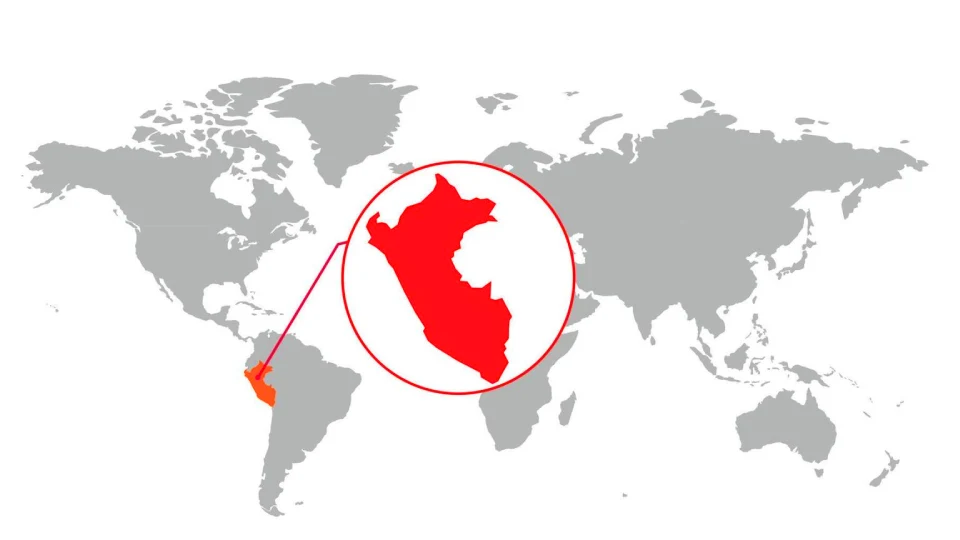
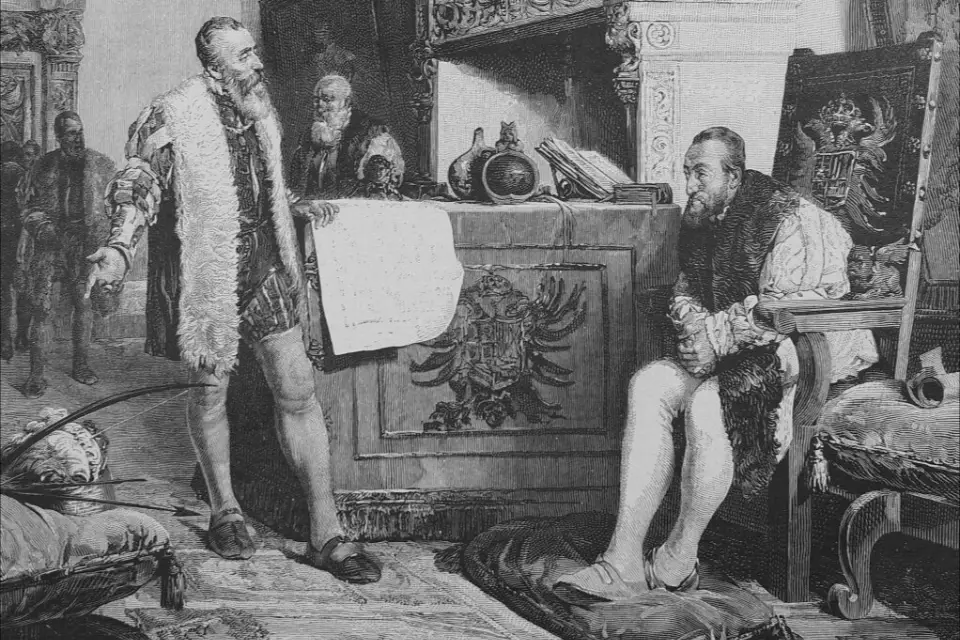
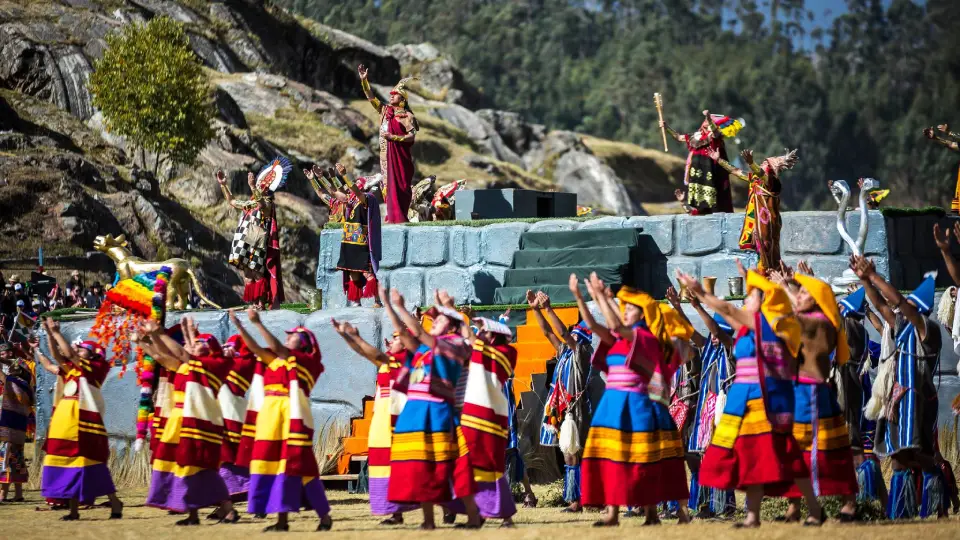
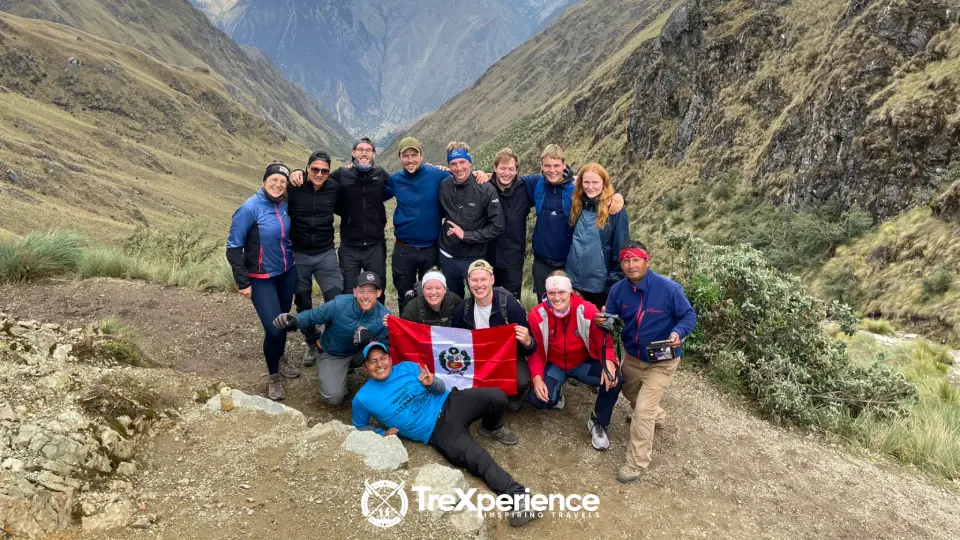
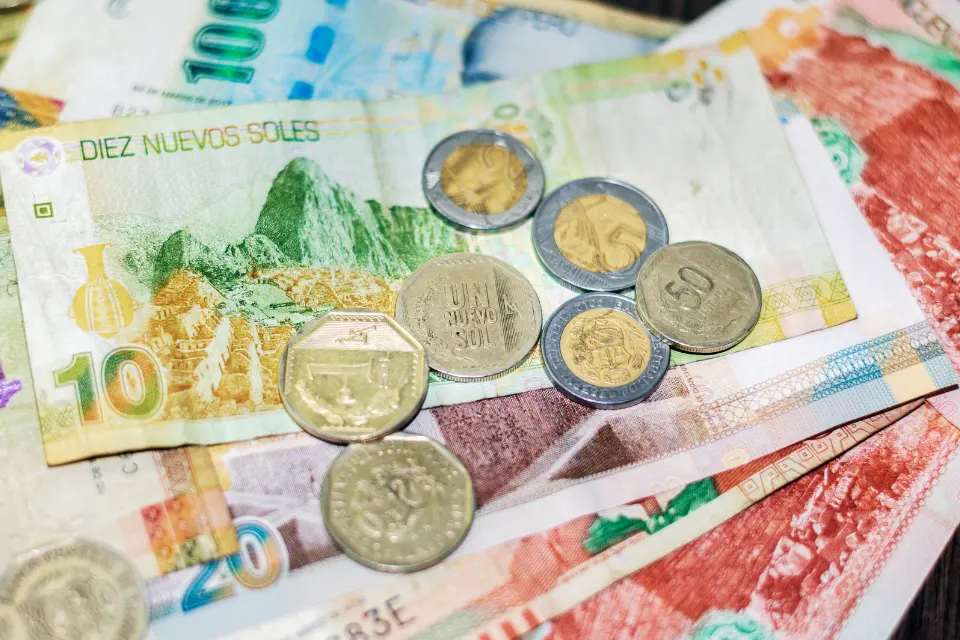

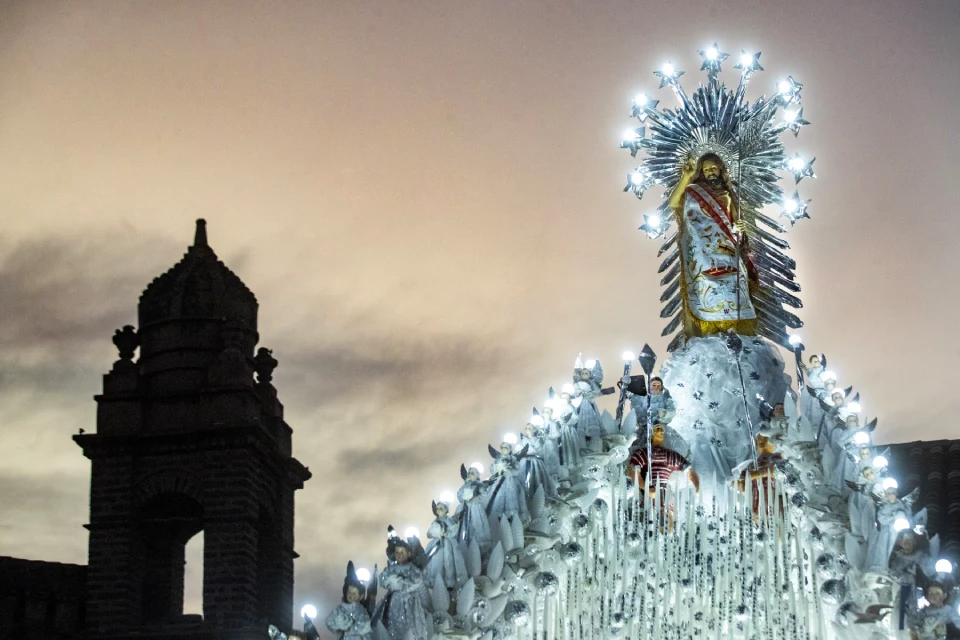
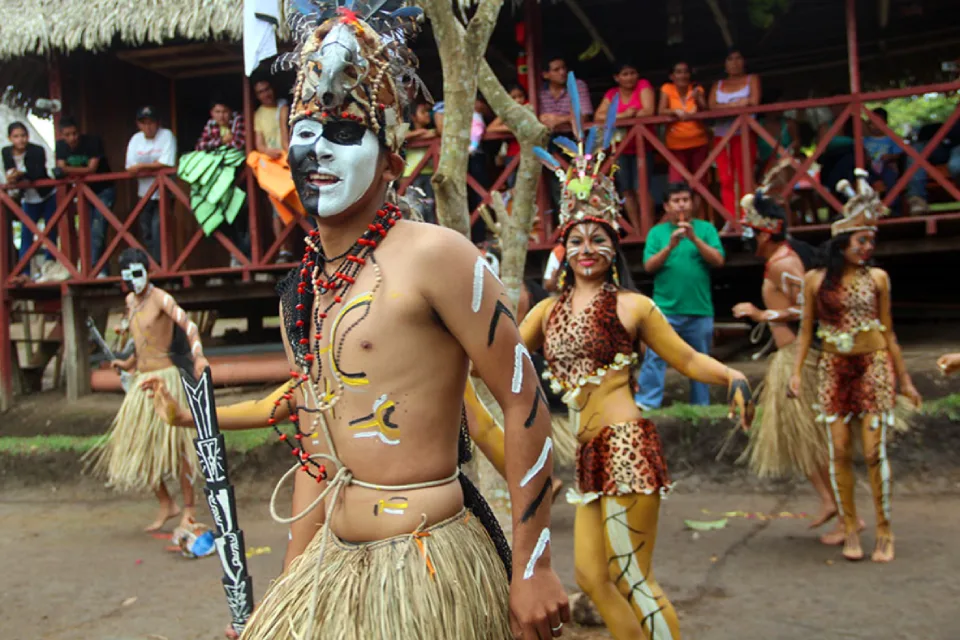
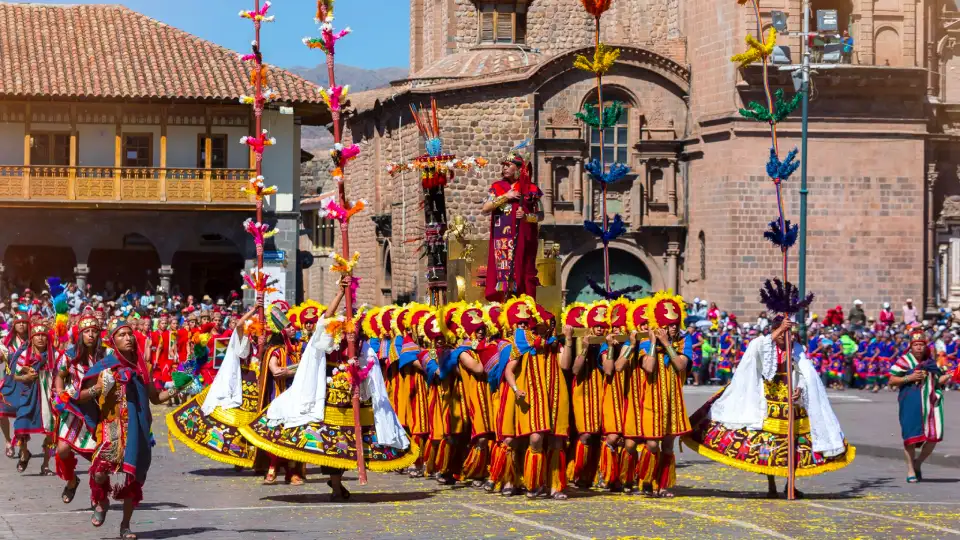
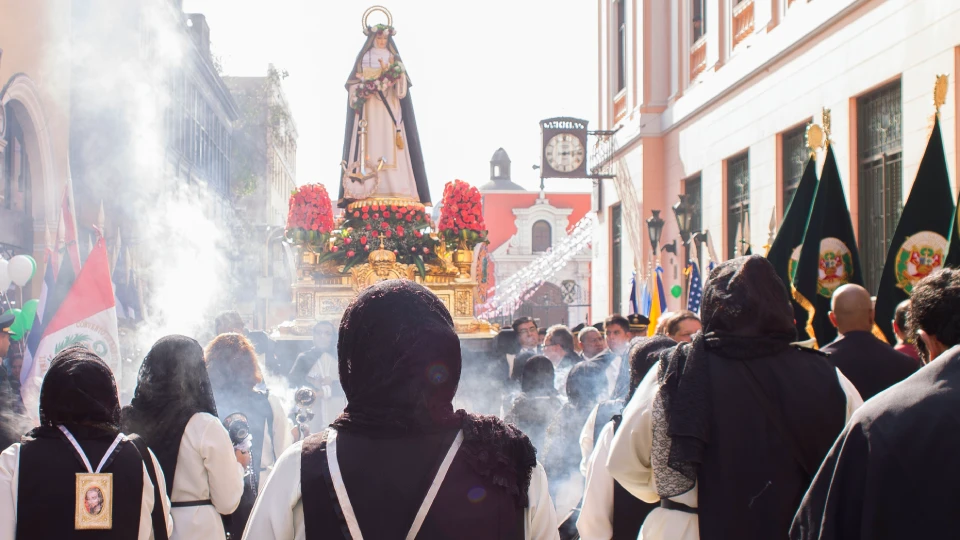
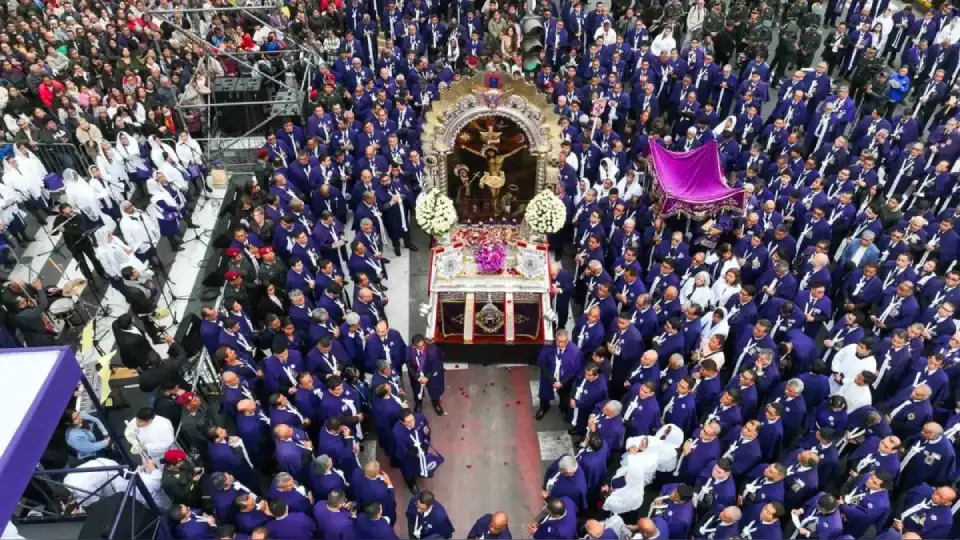
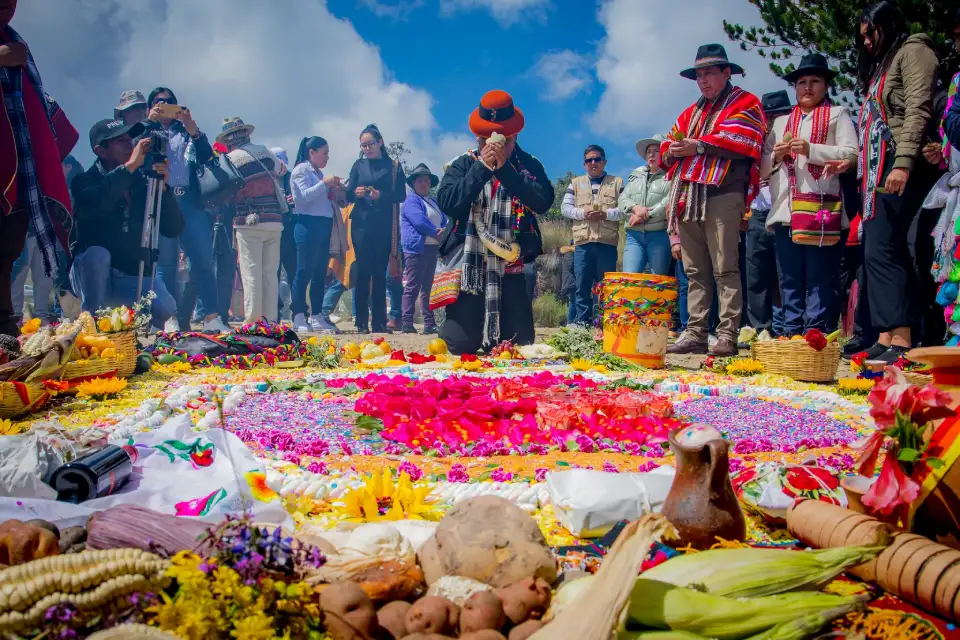
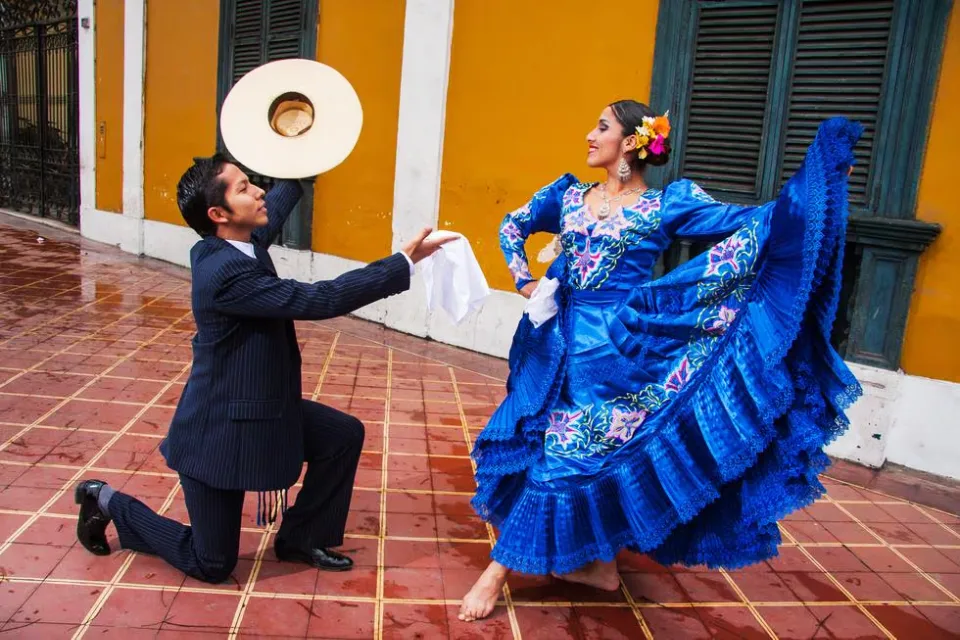
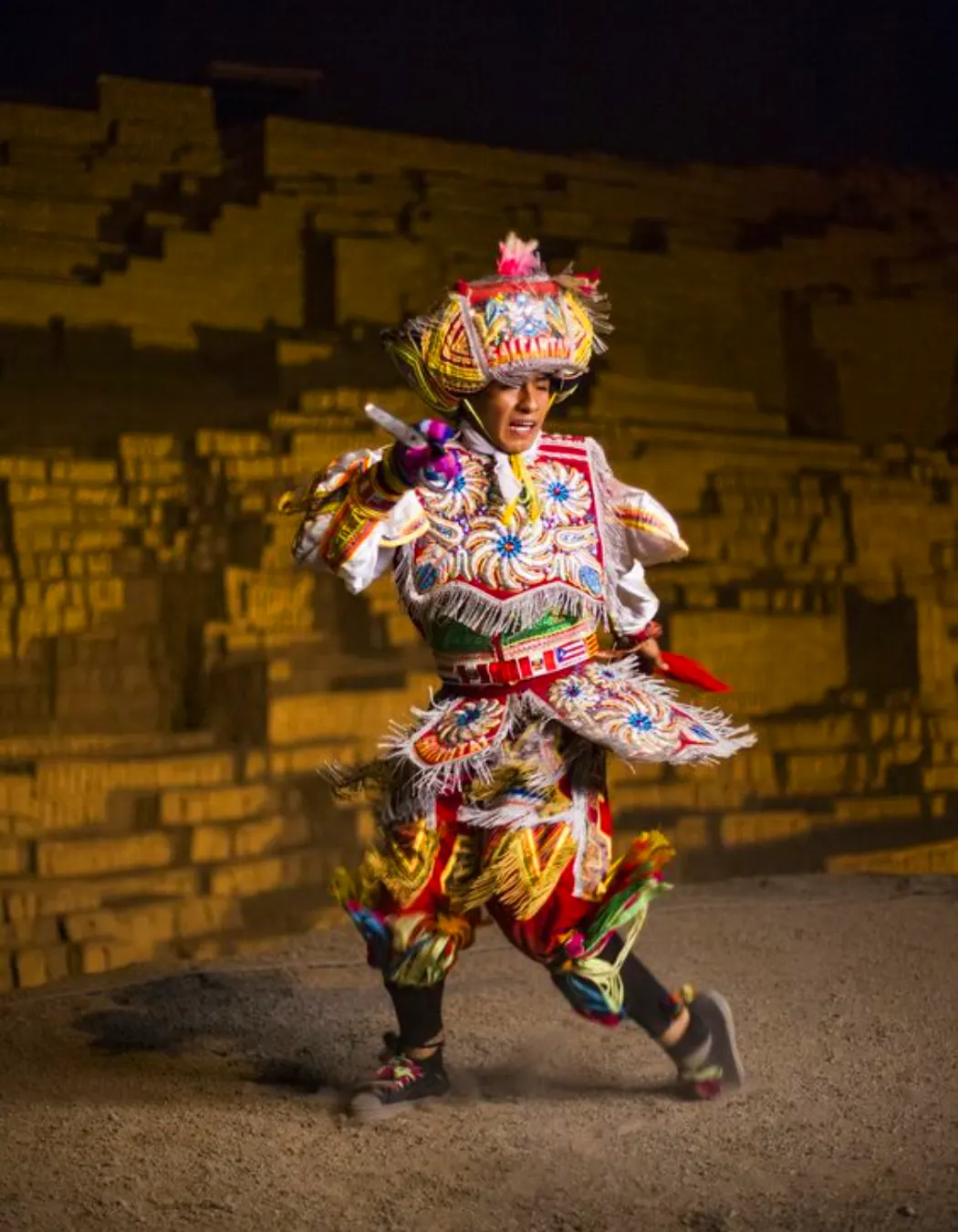
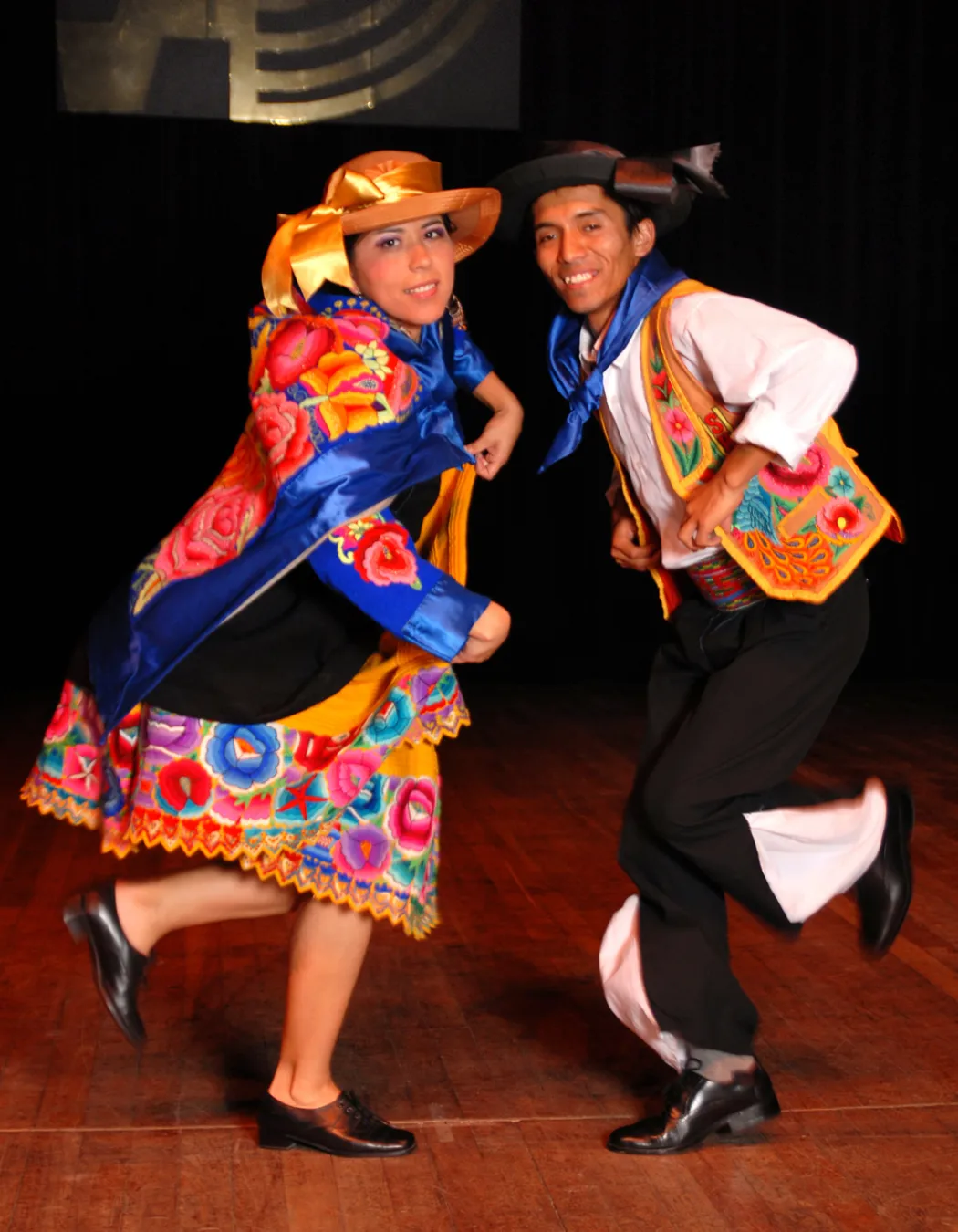
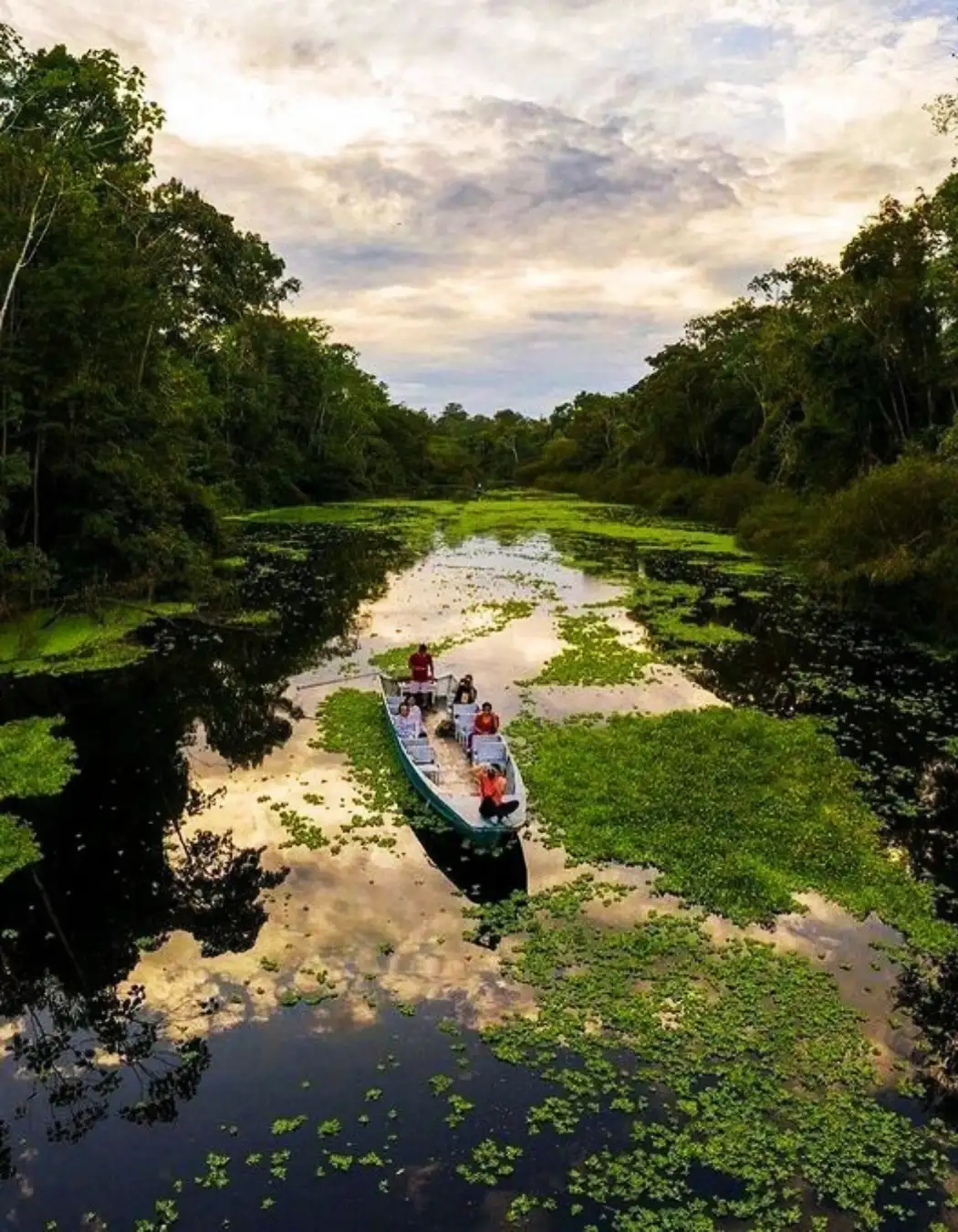
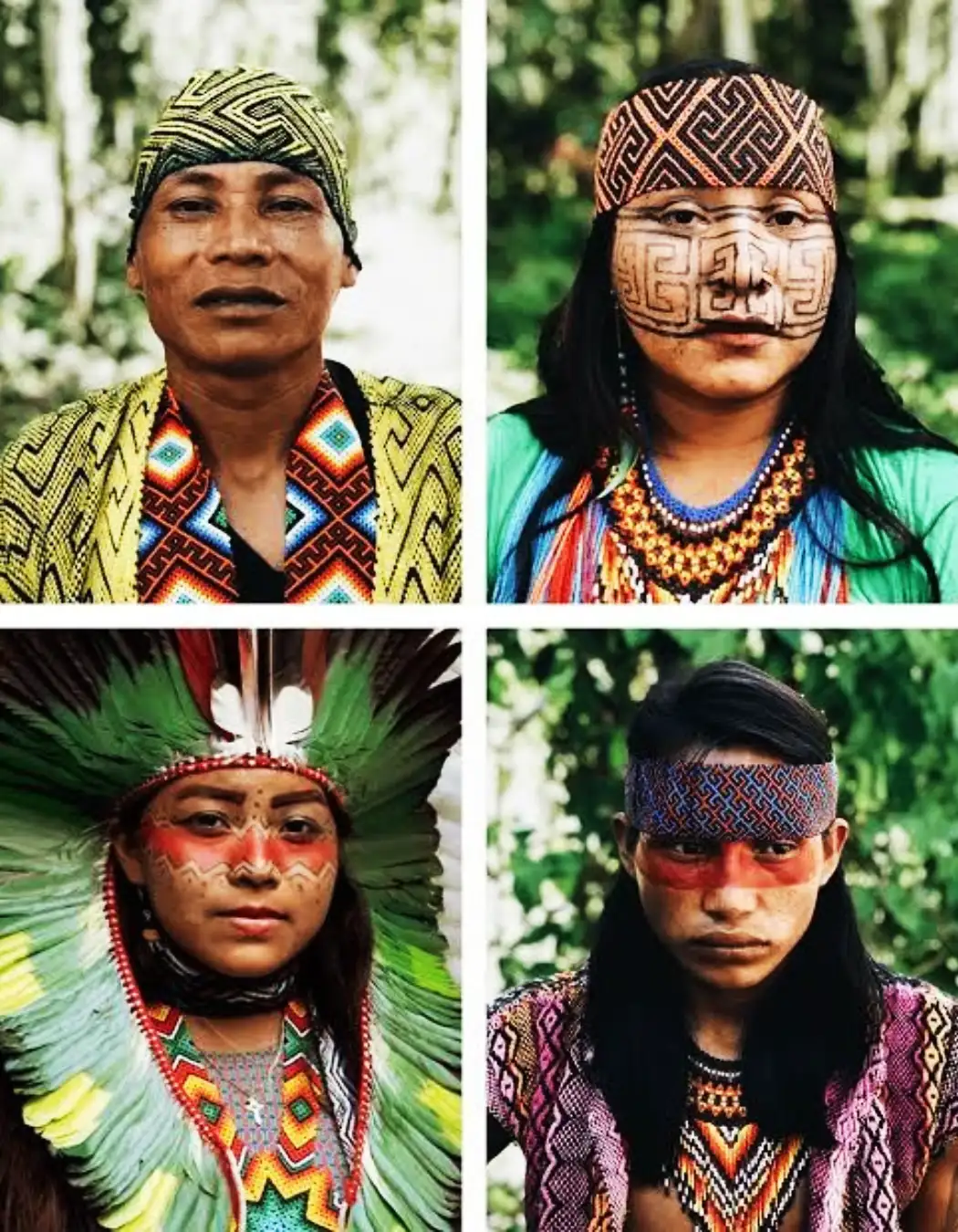
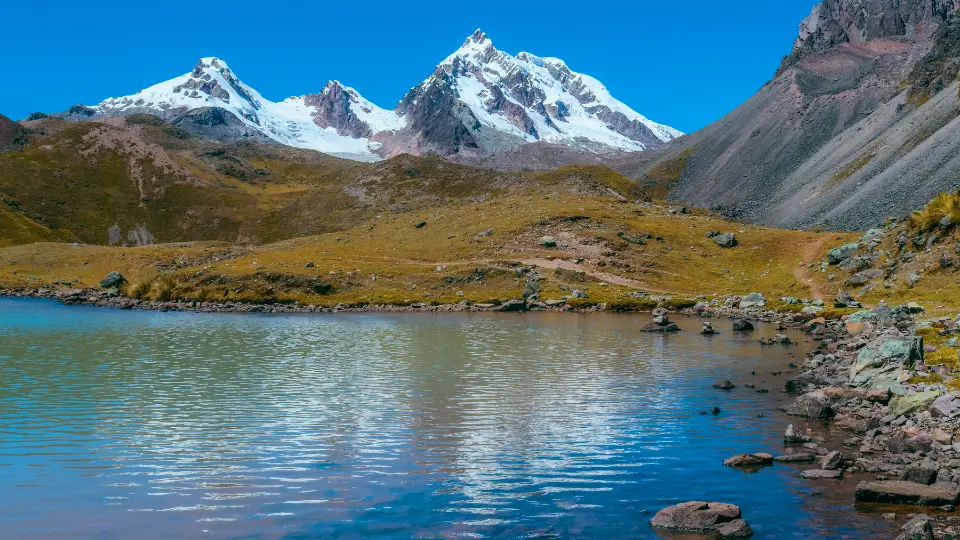
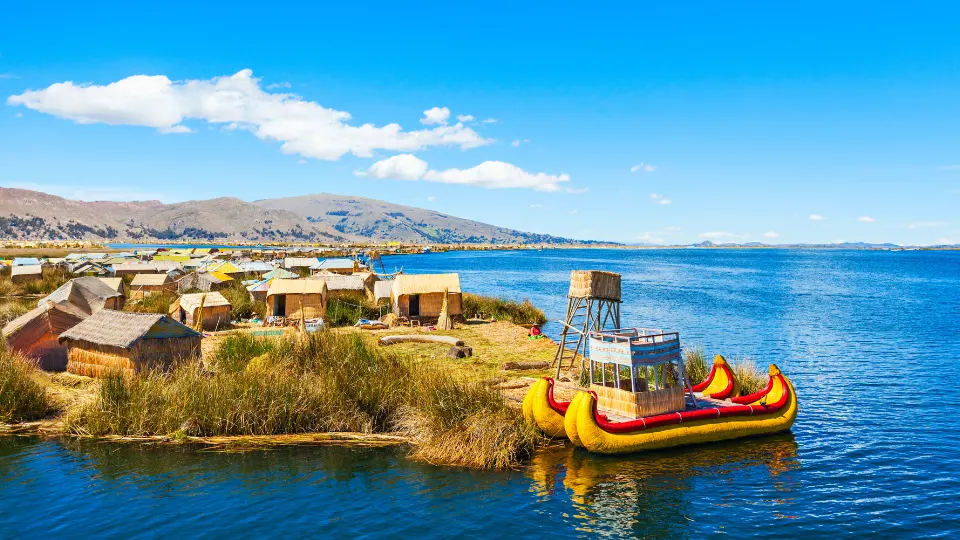

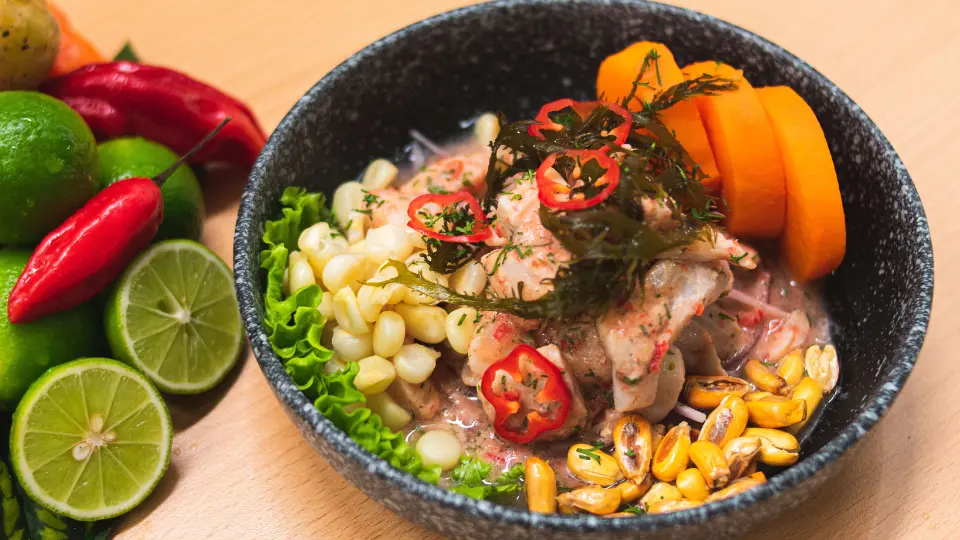
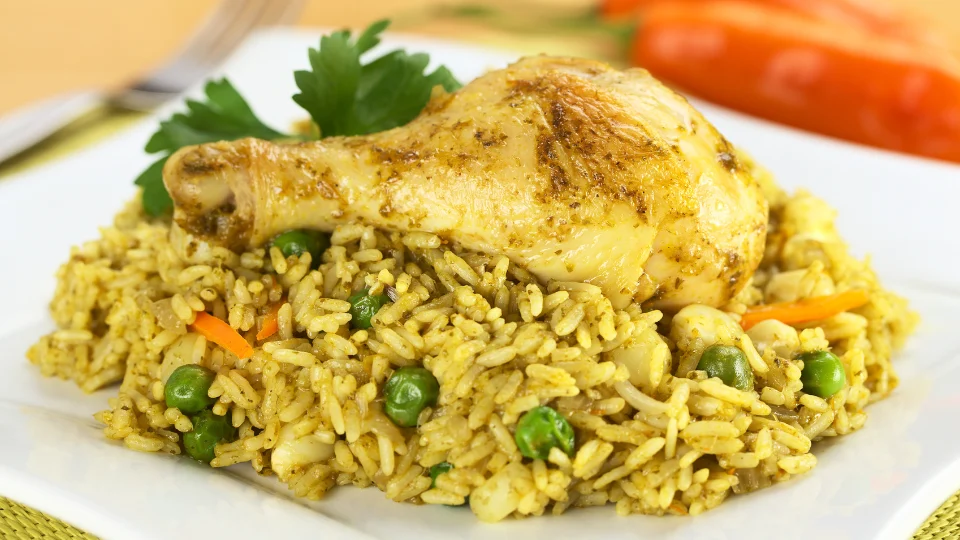
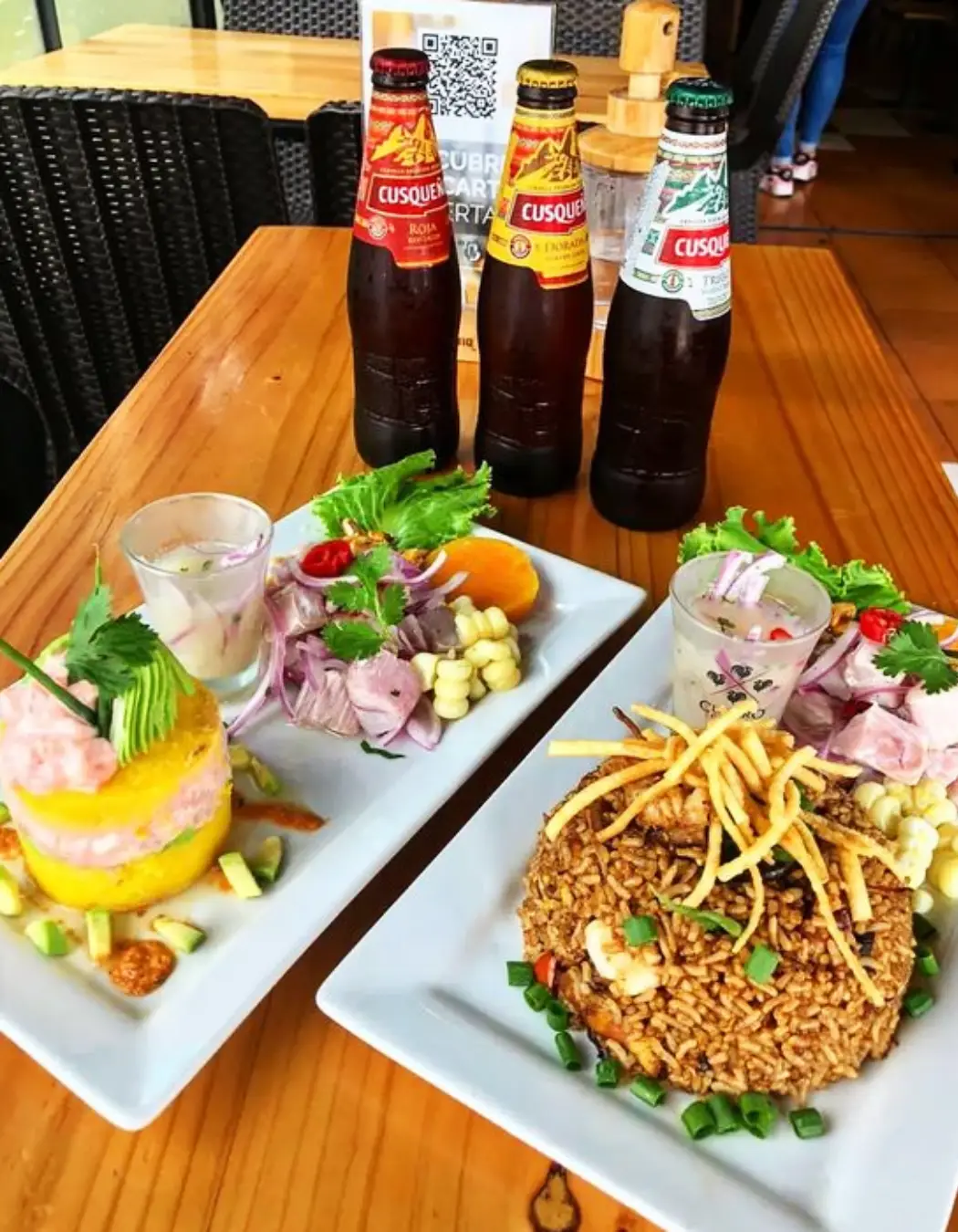
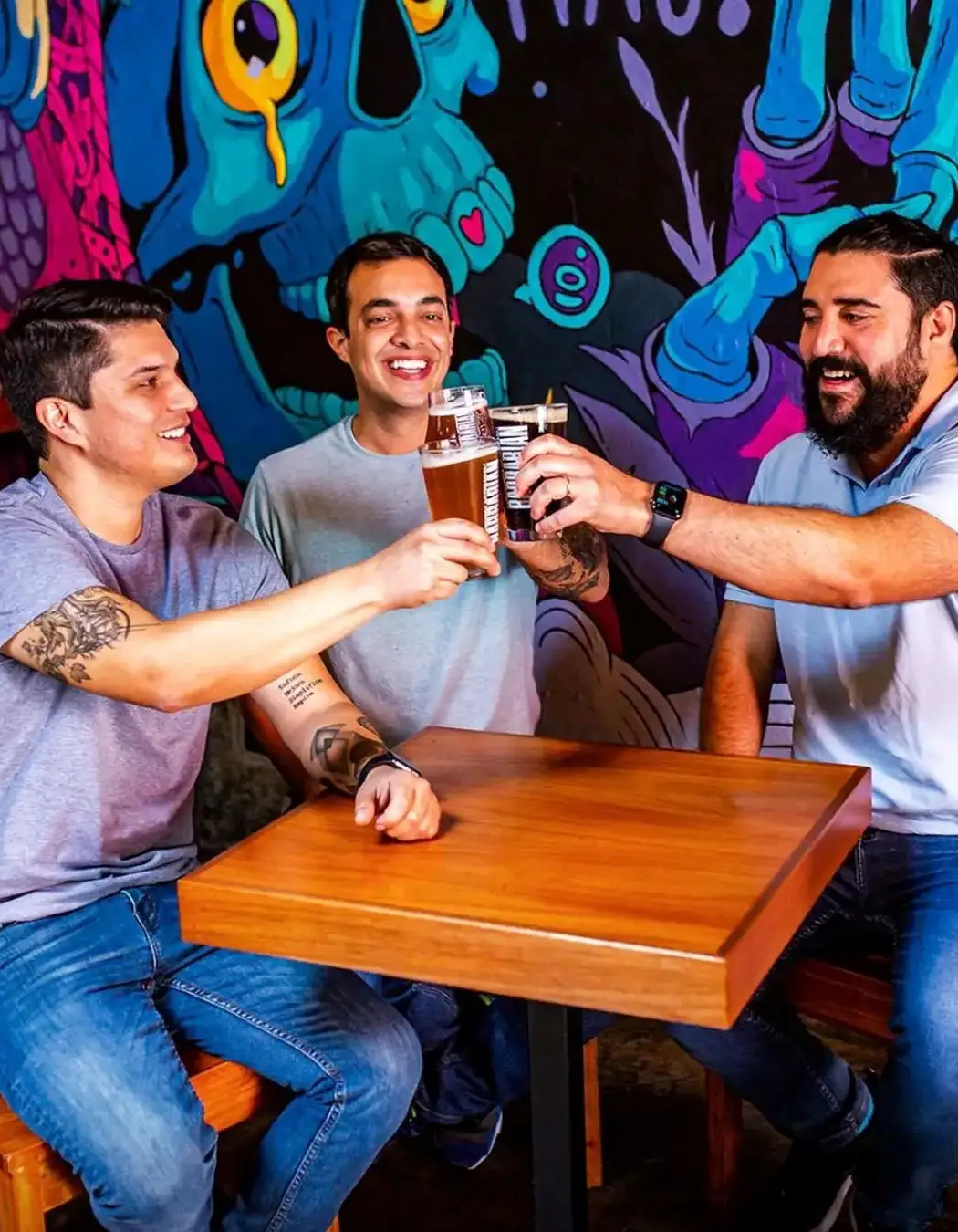

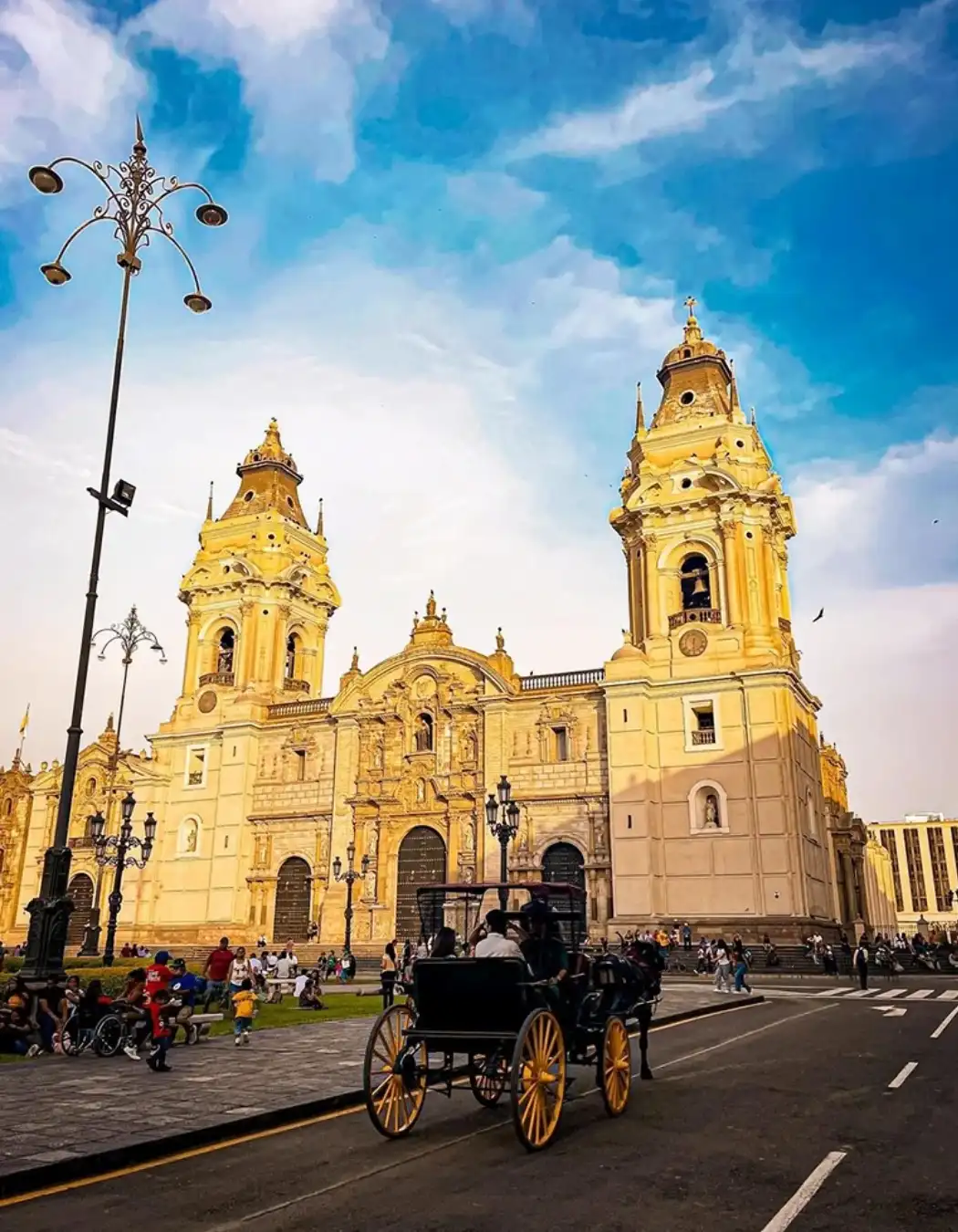
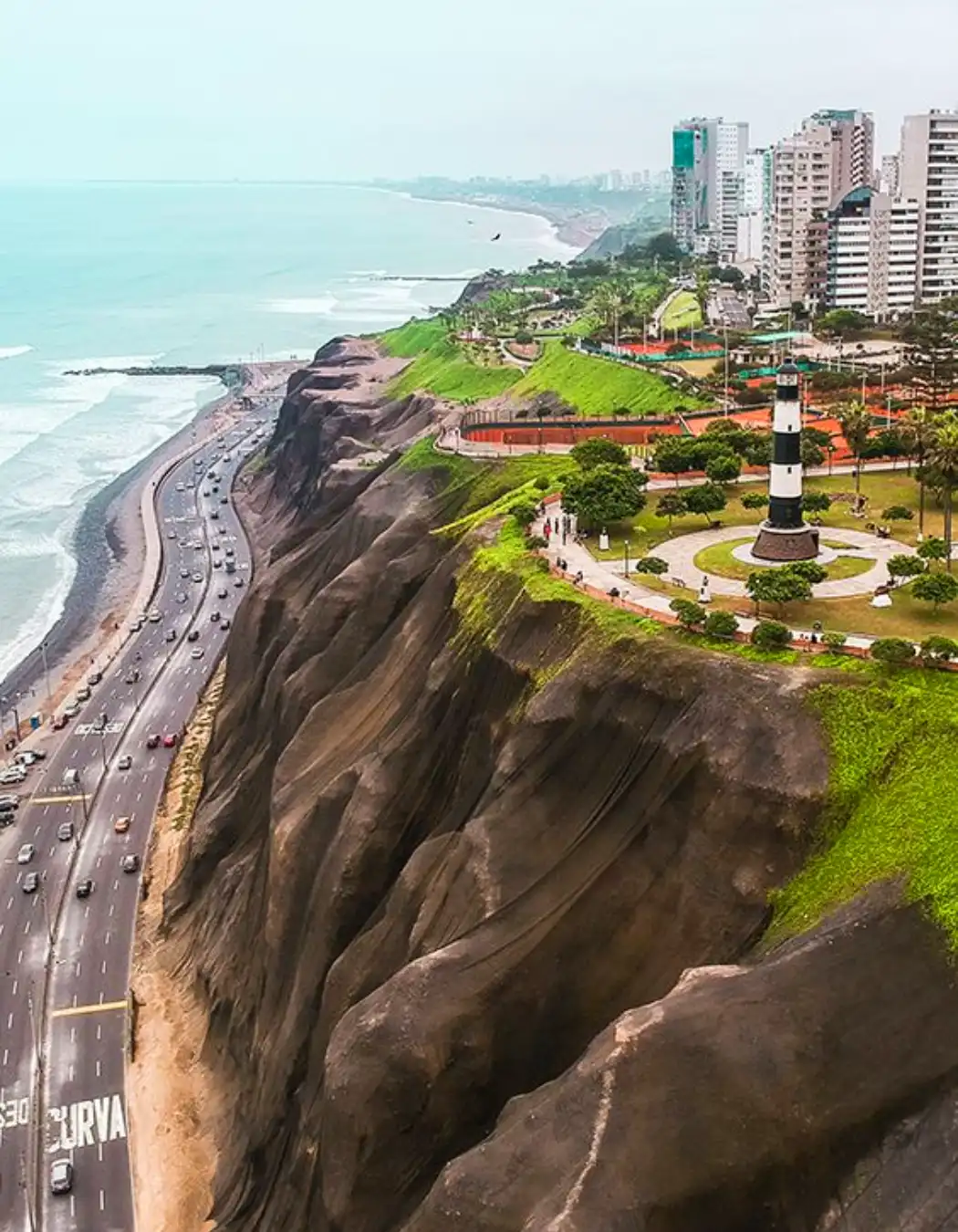
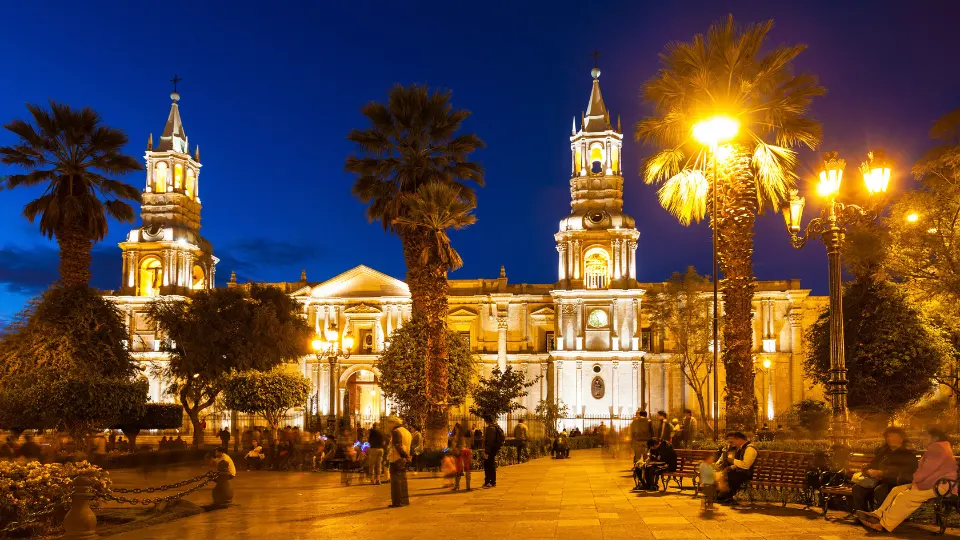
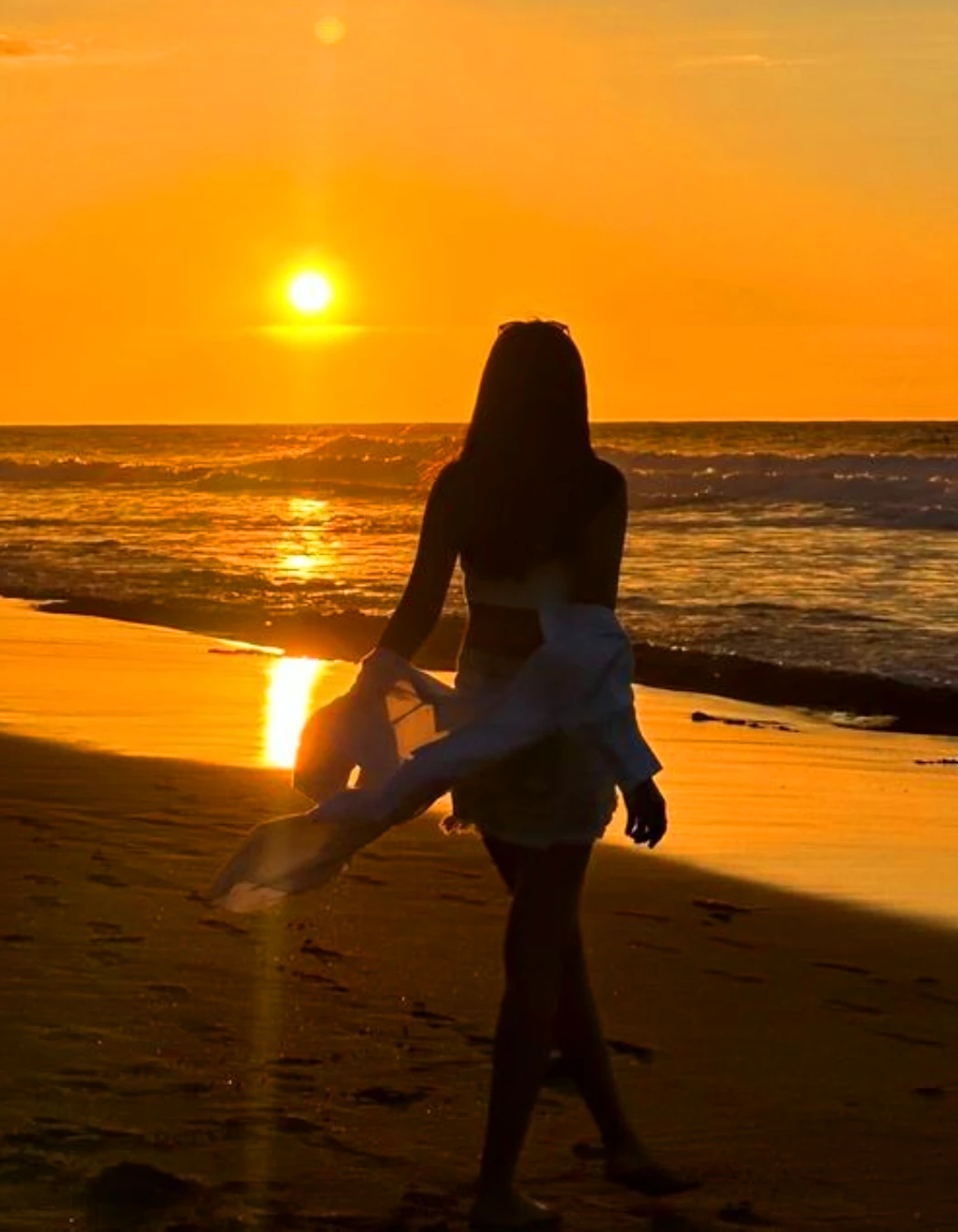
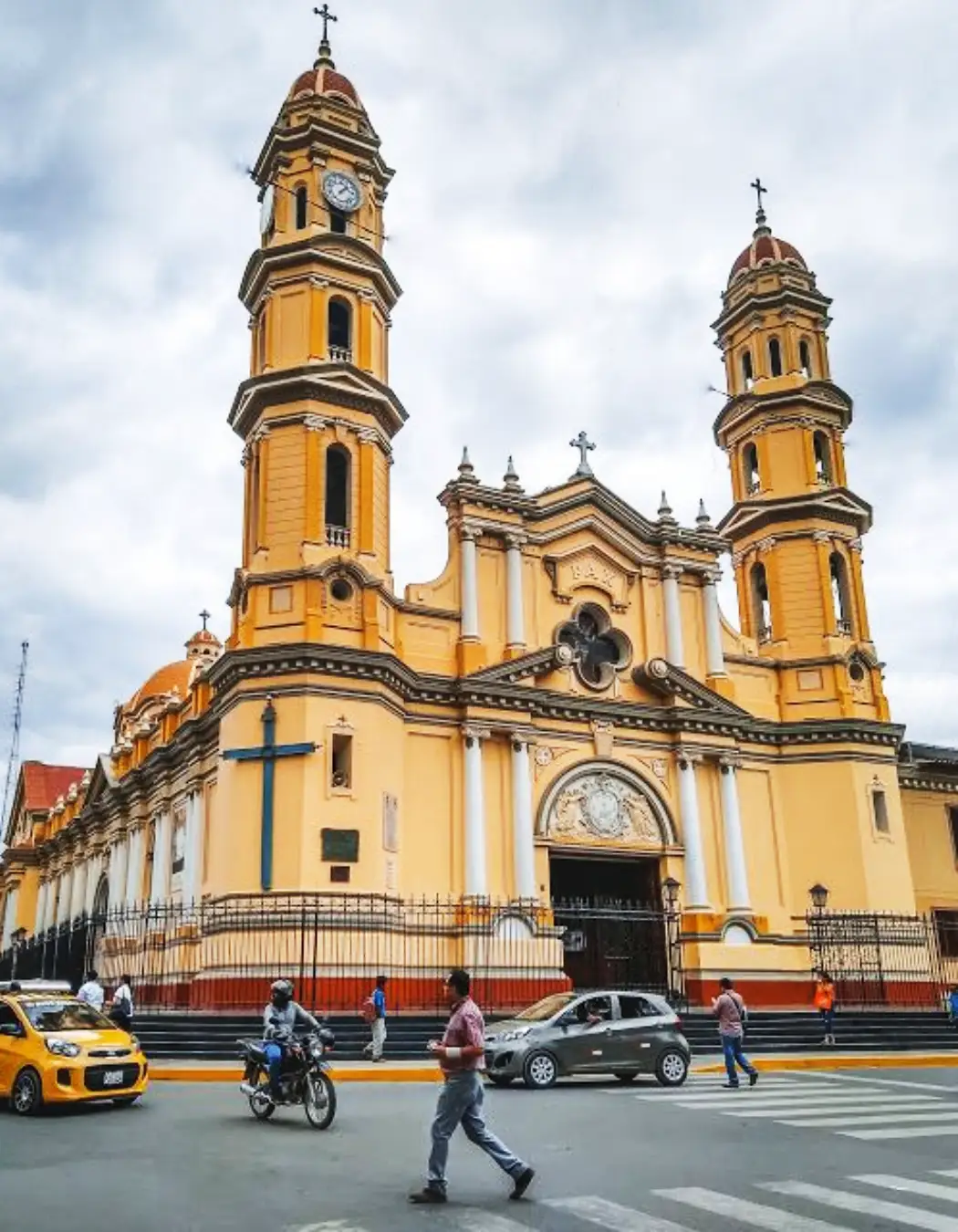
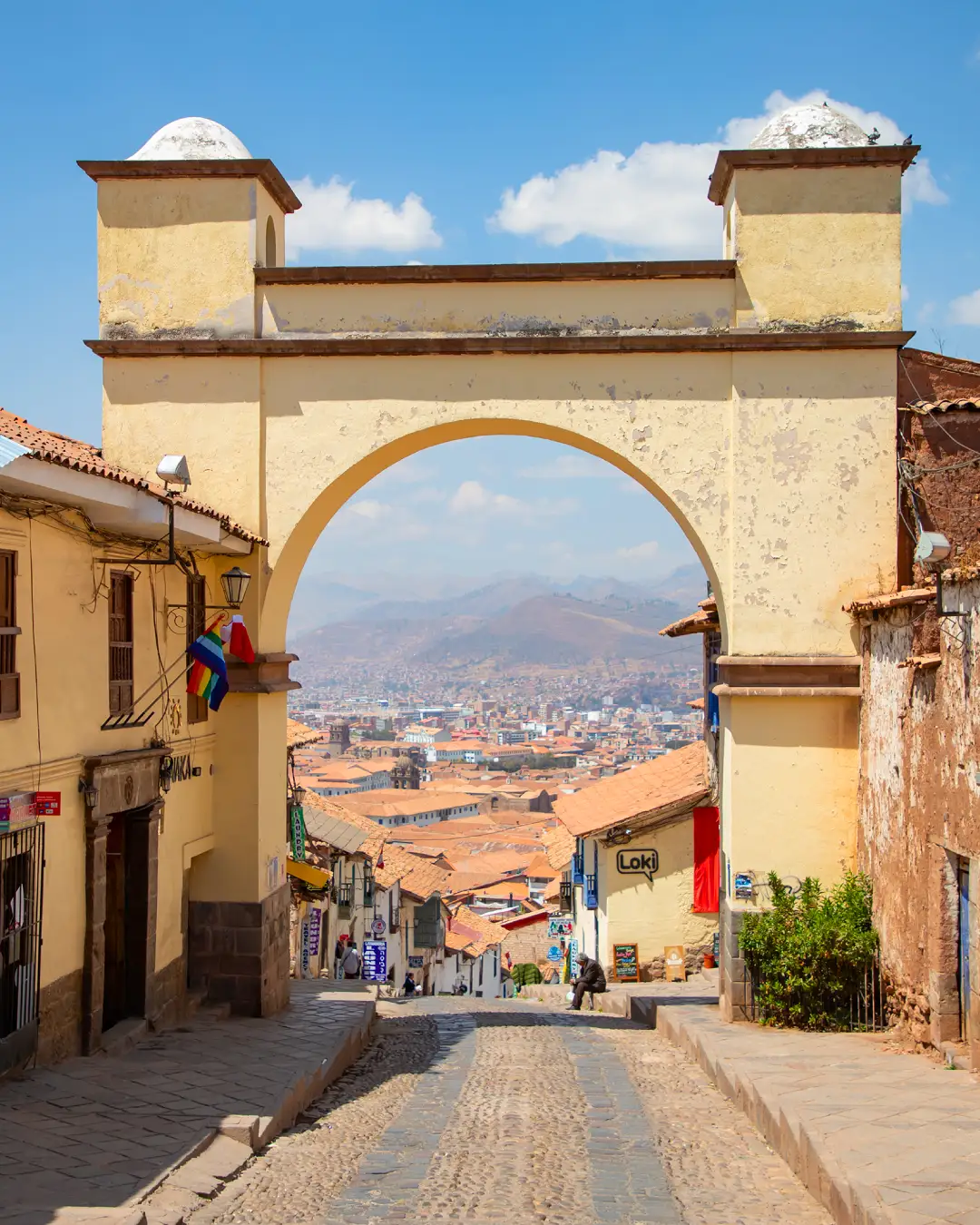
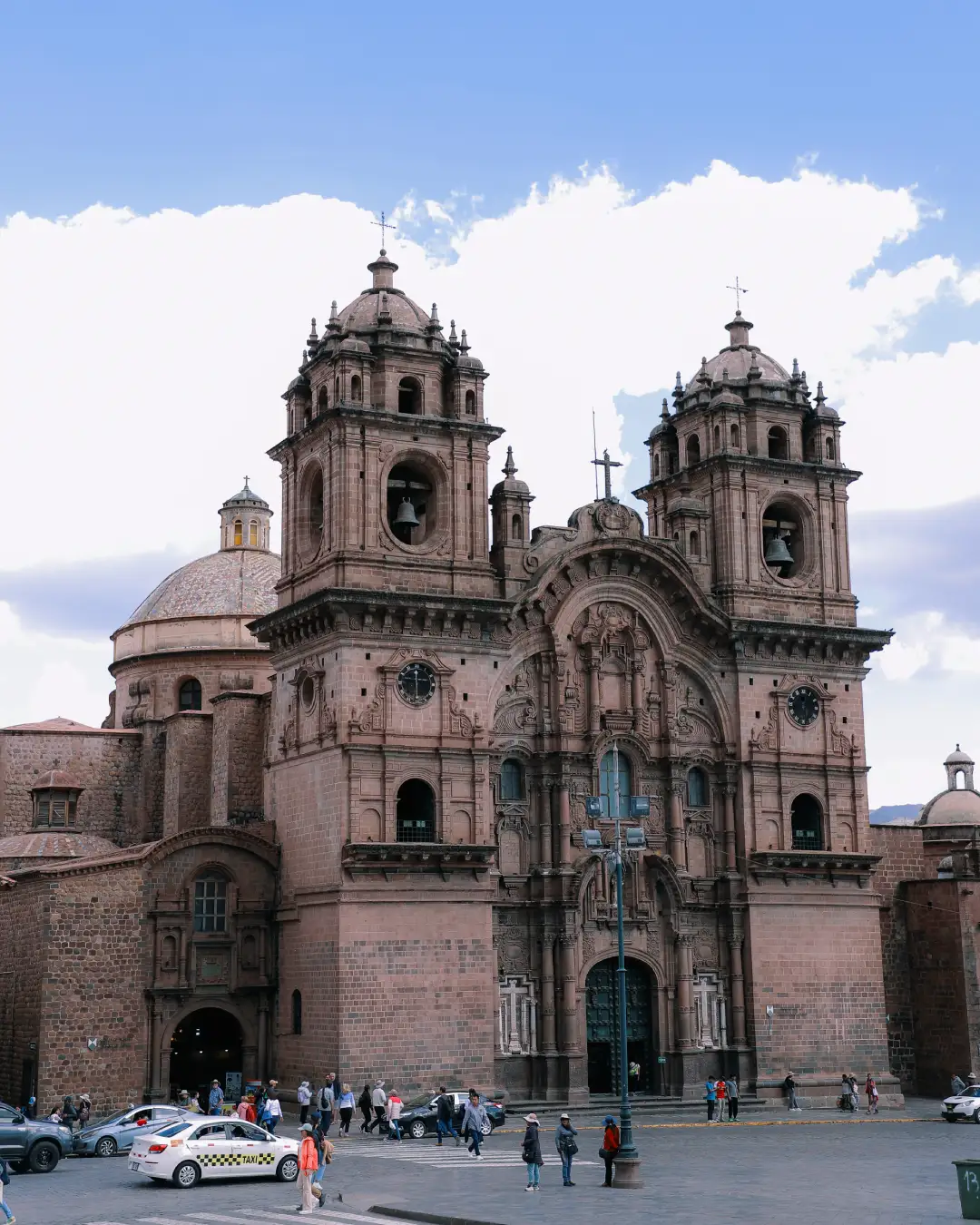
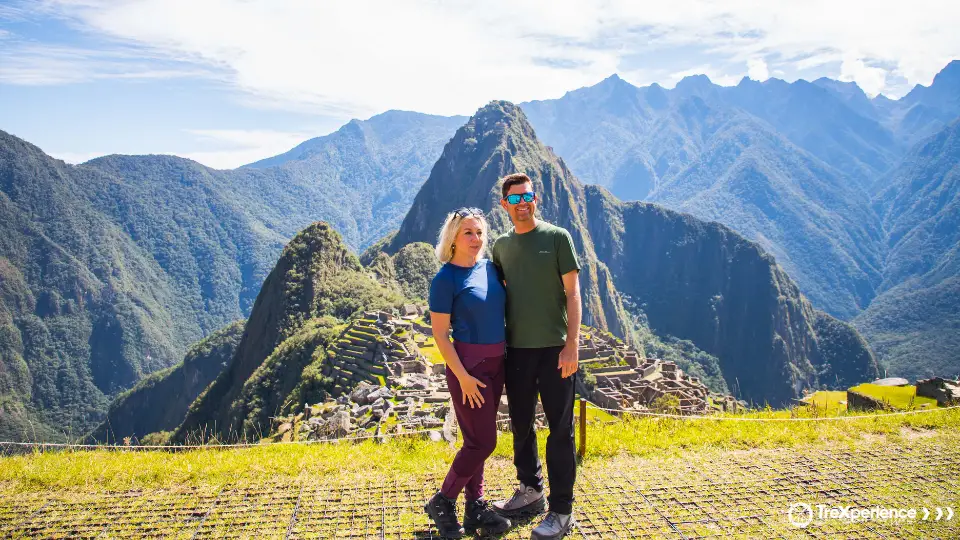
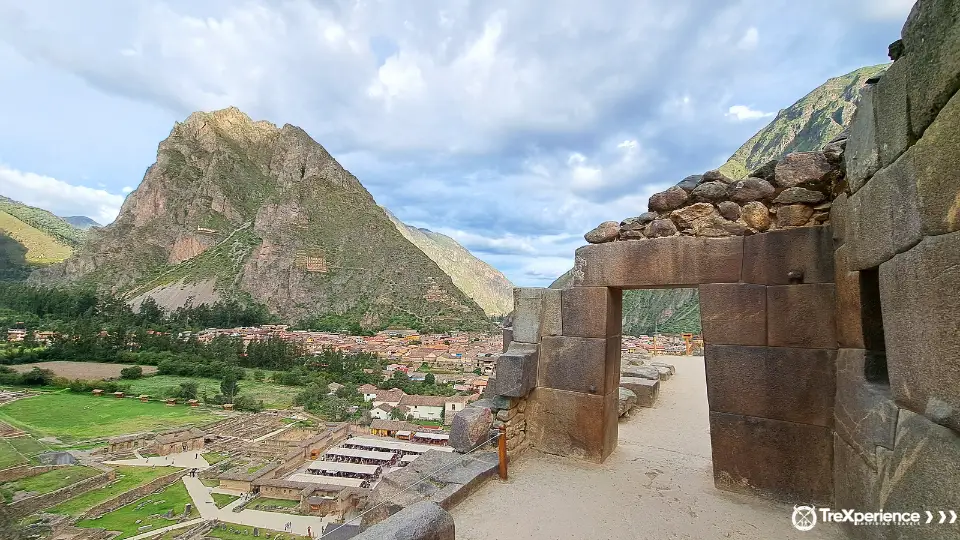
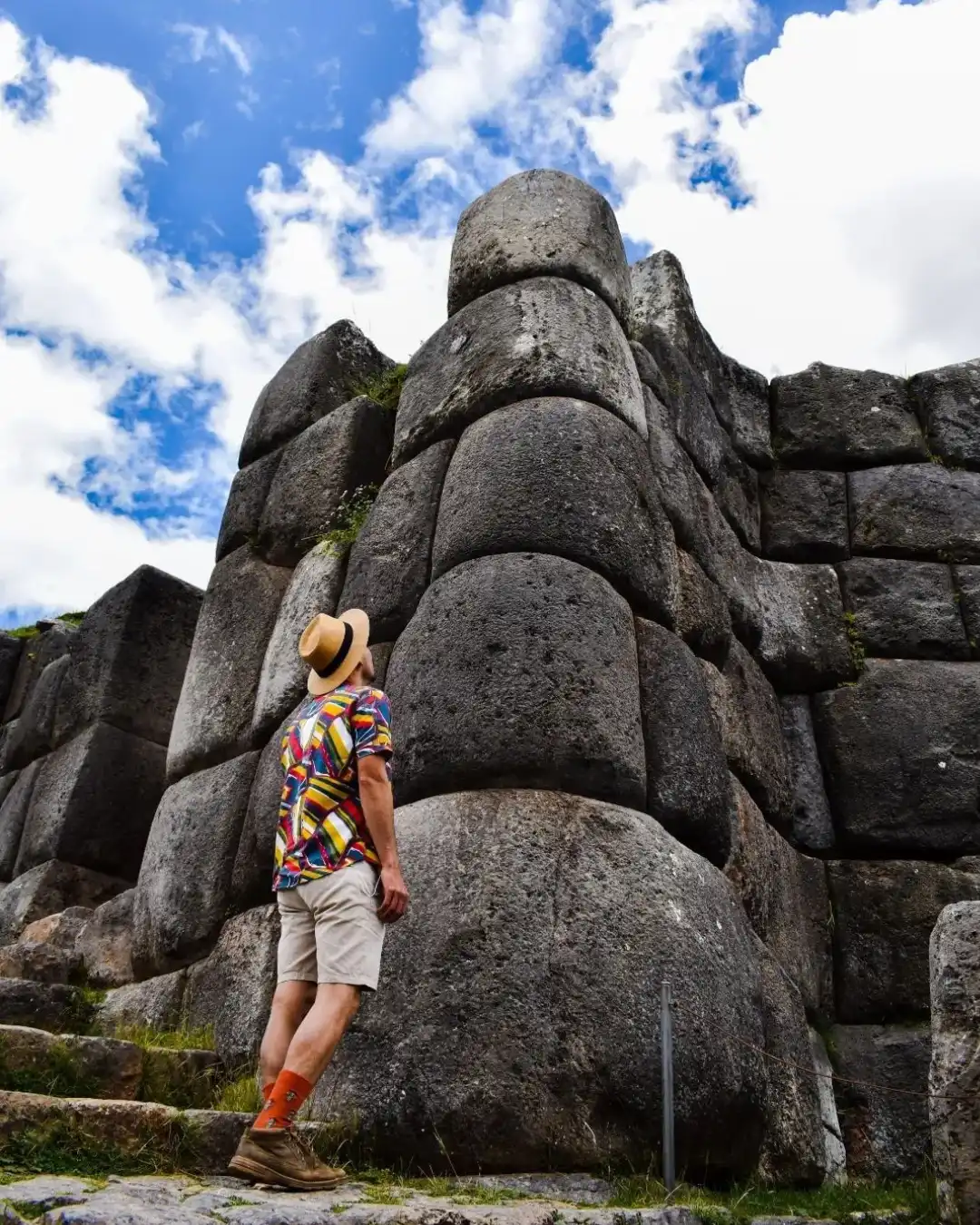
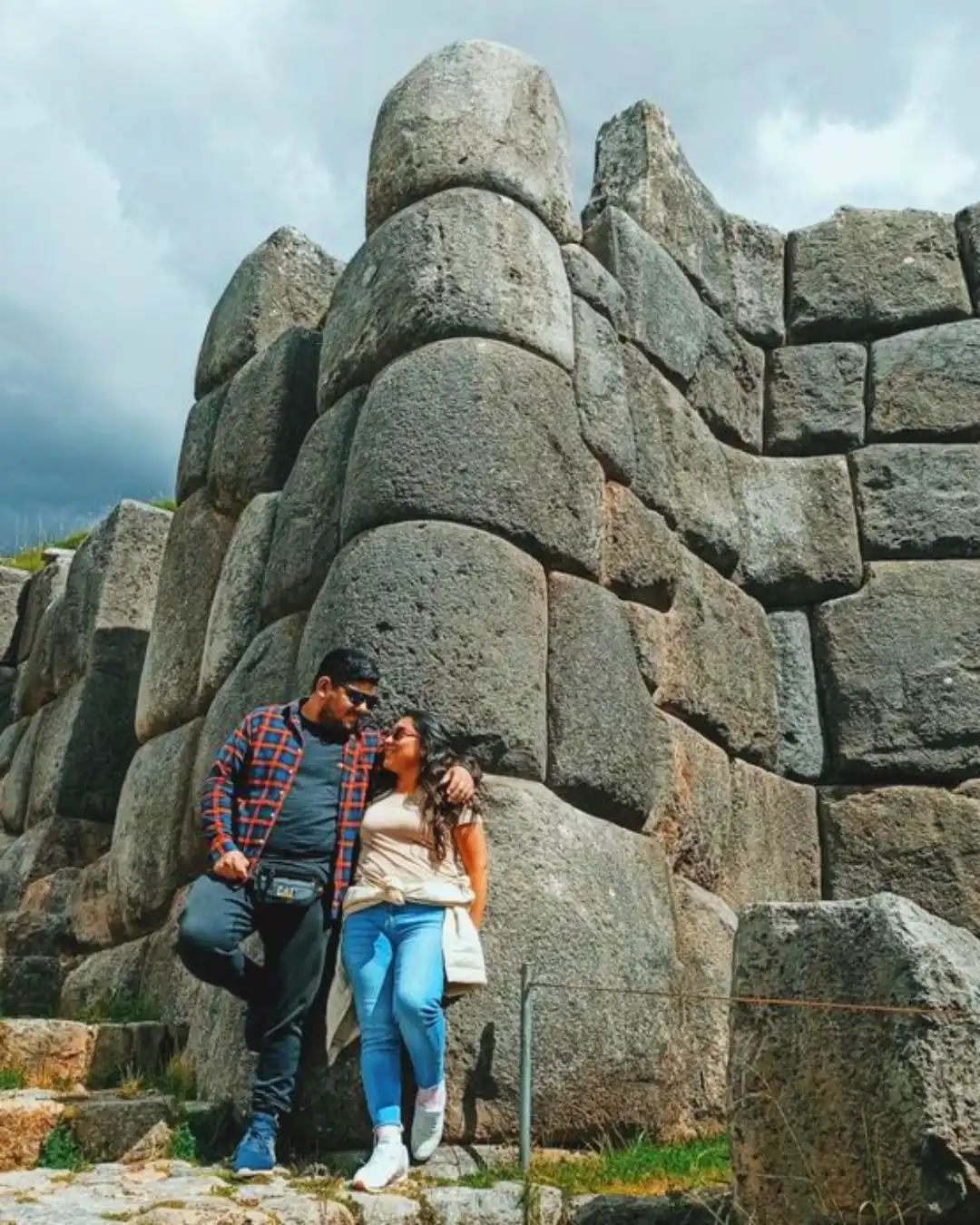
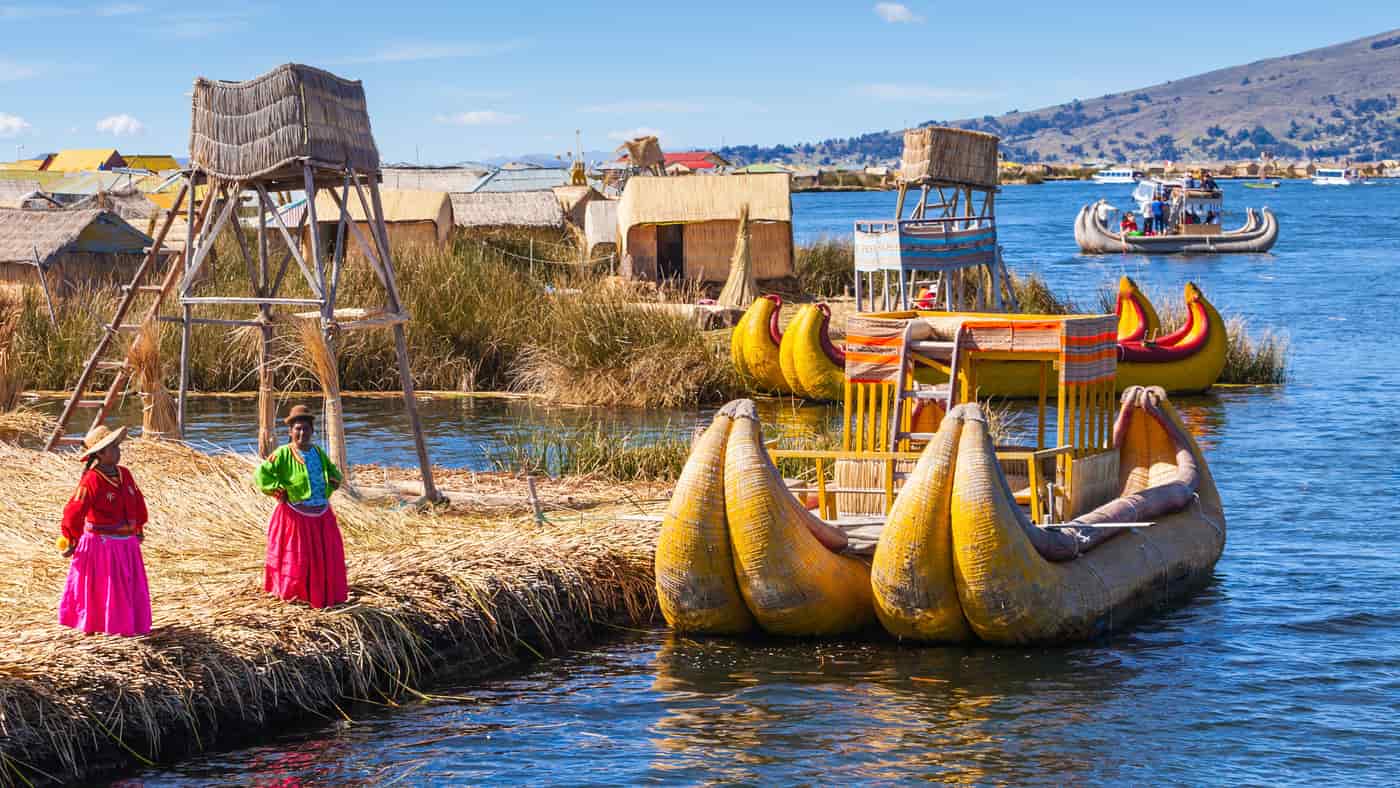

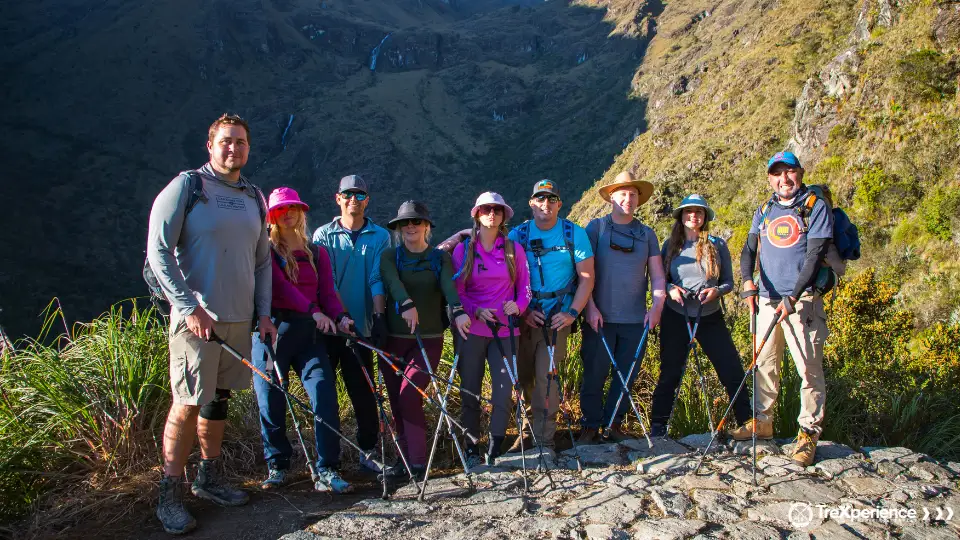
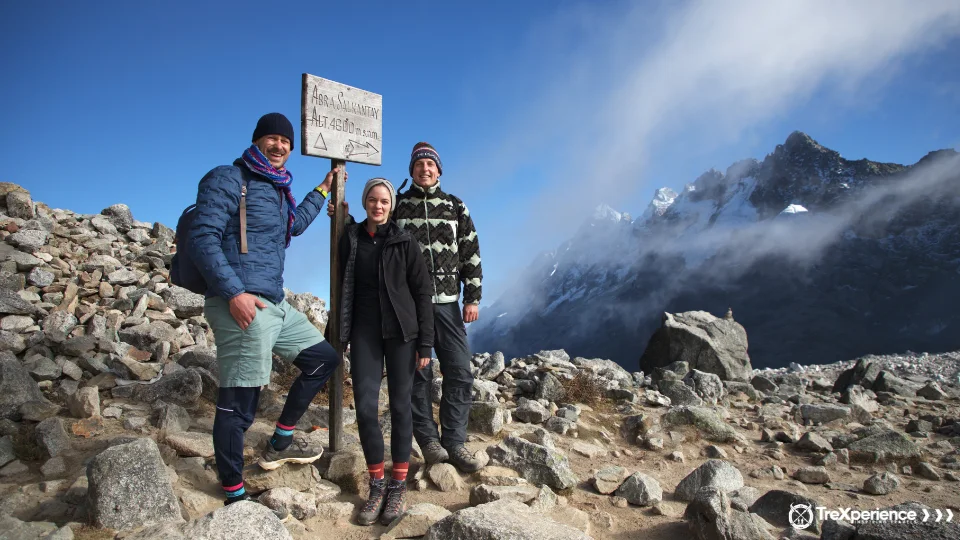
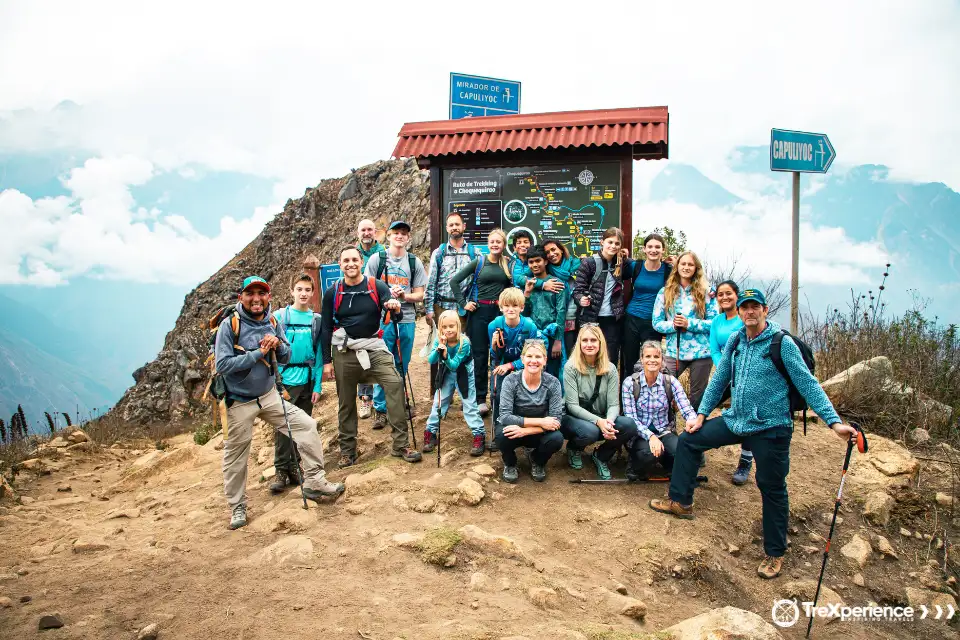
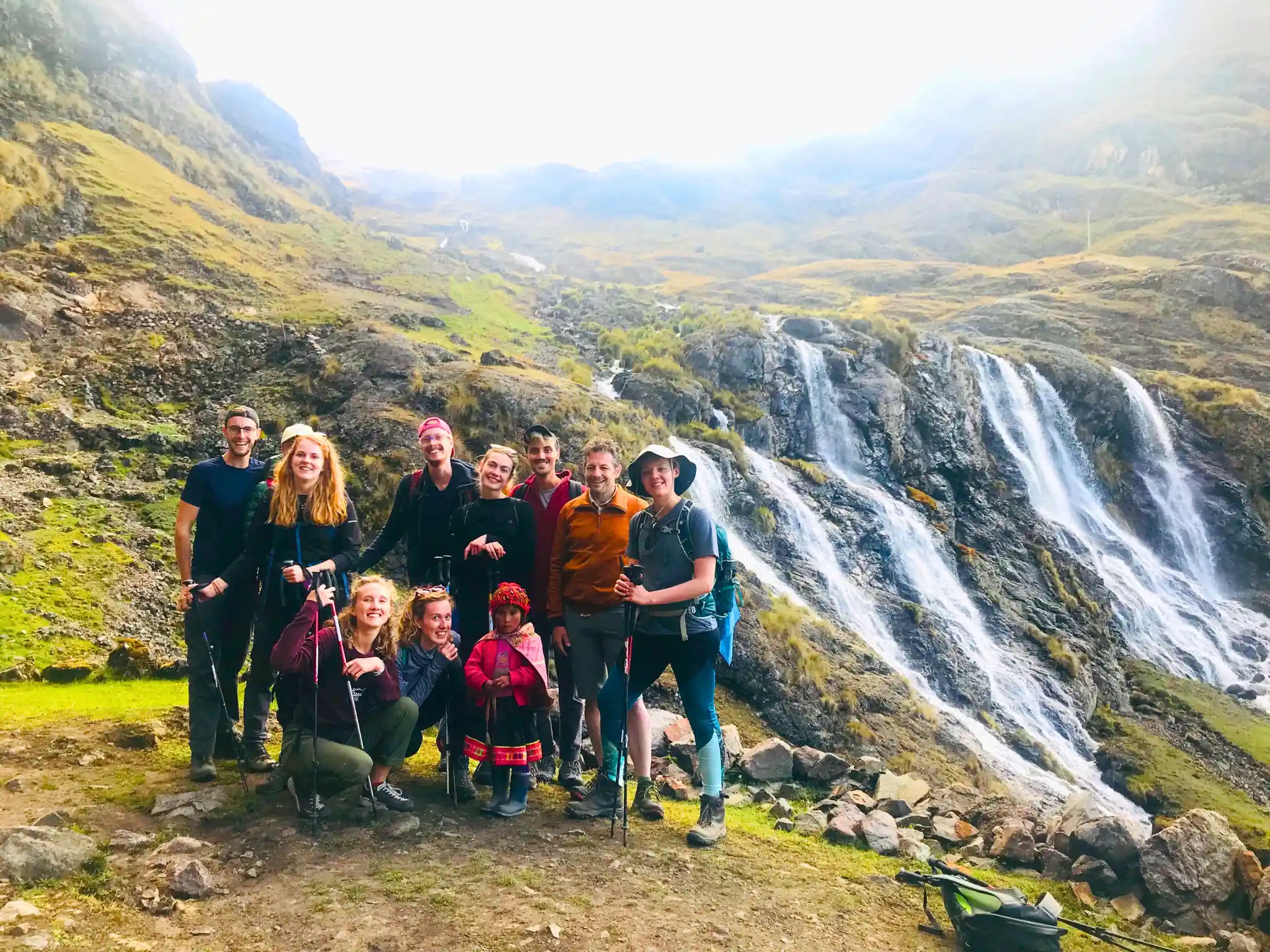
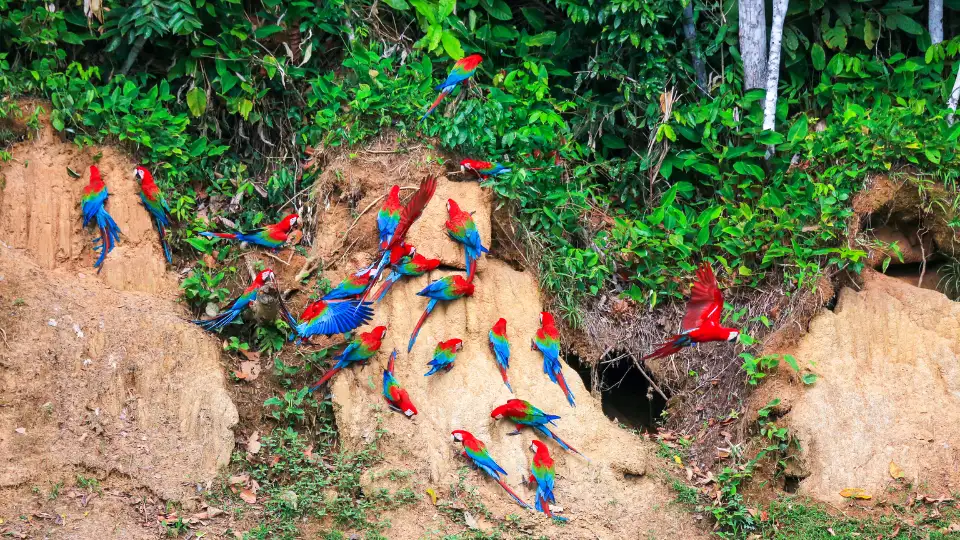
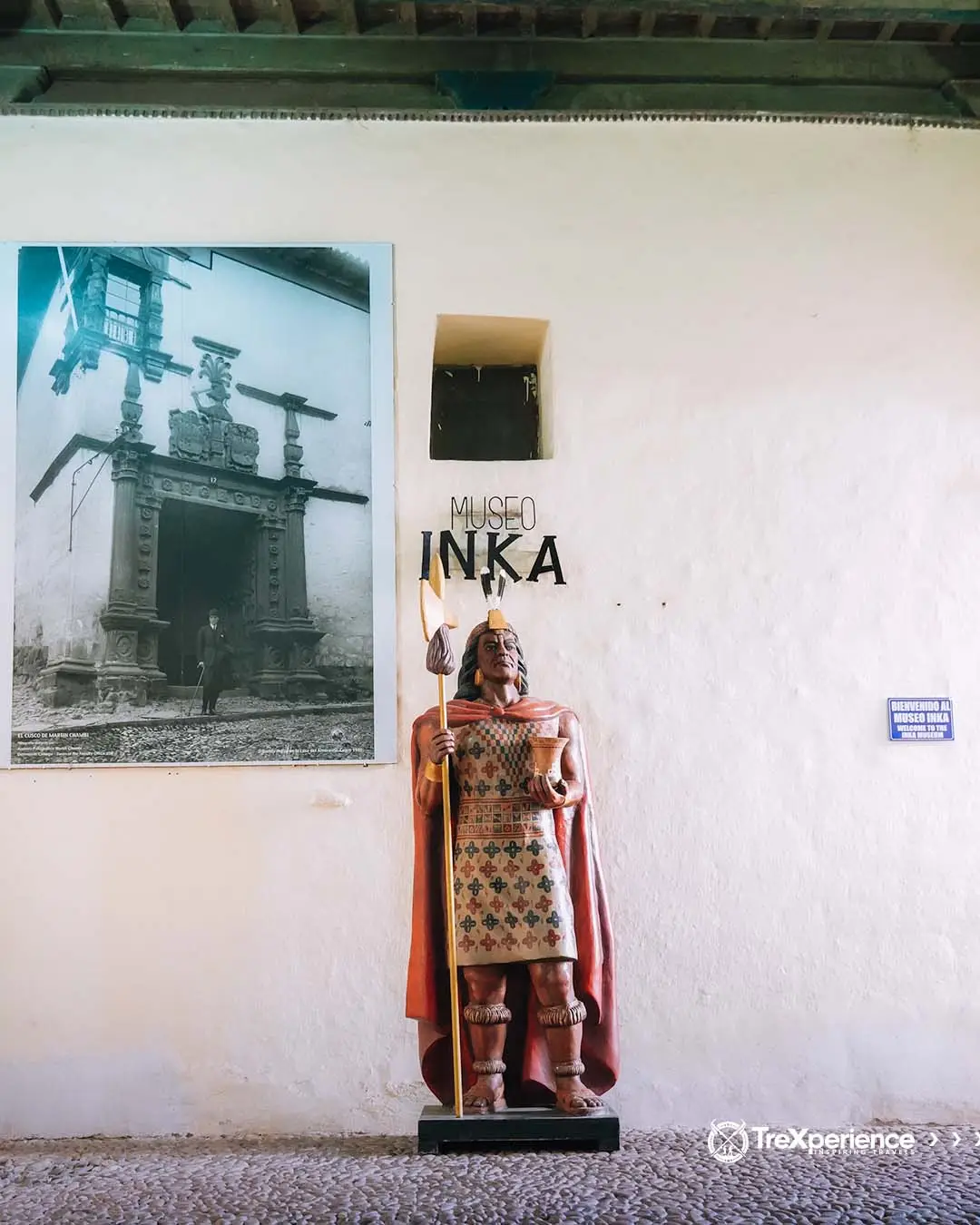
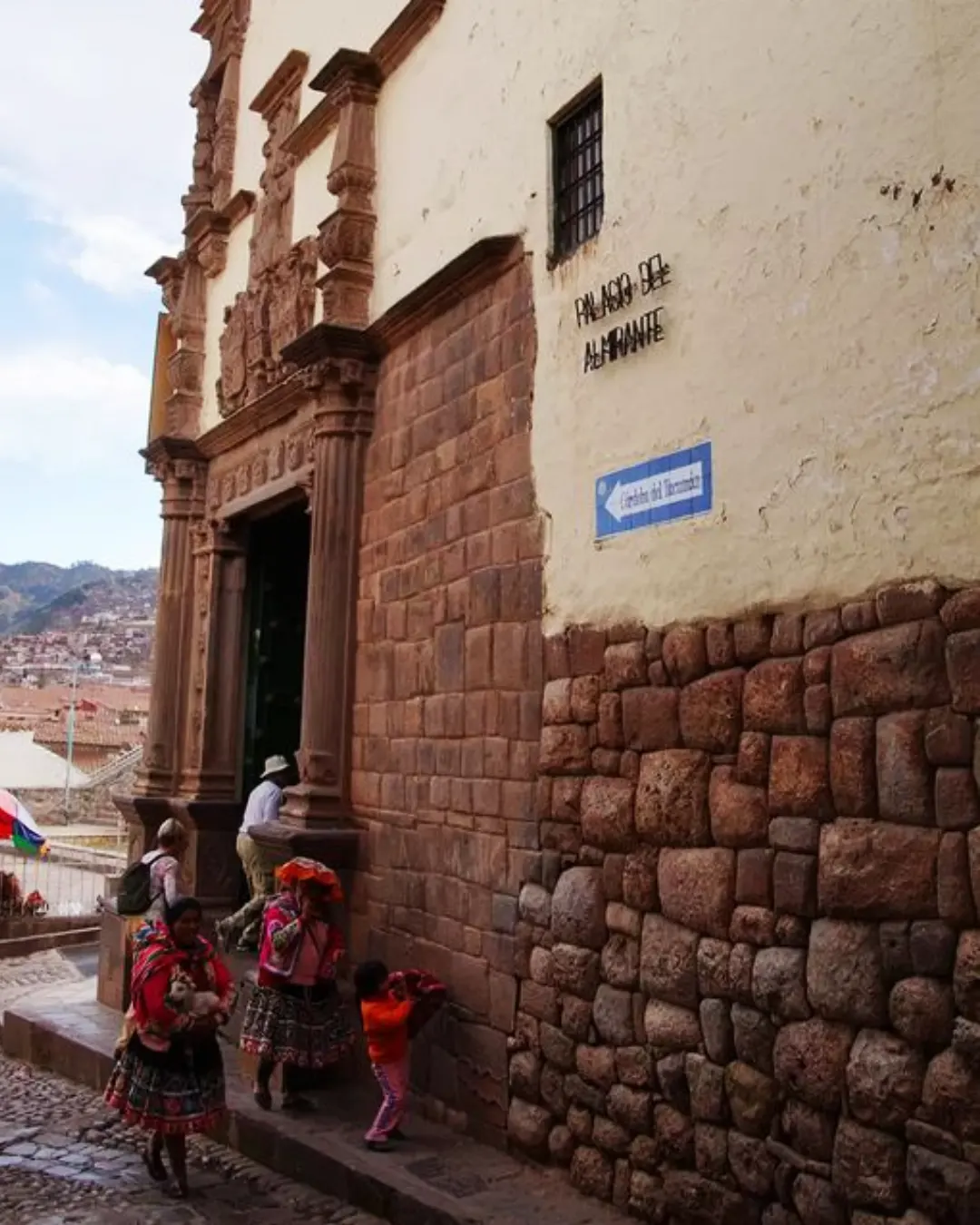
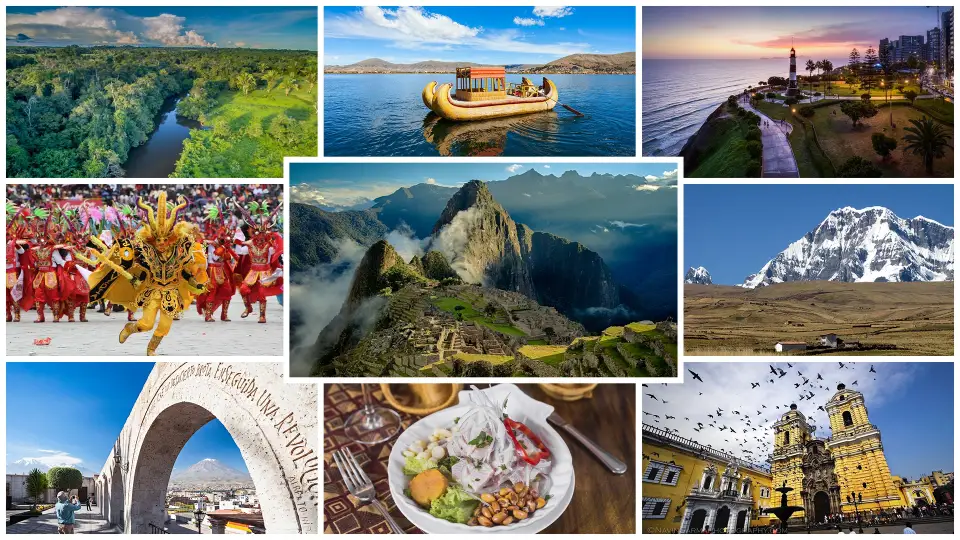

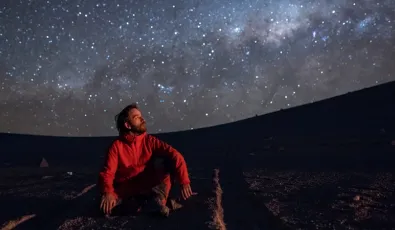
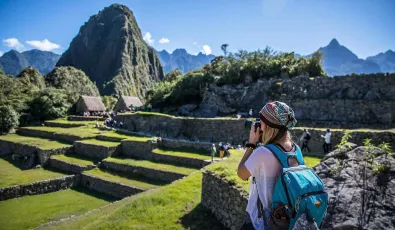
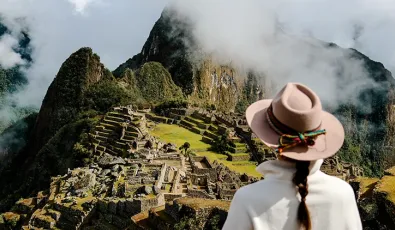

Add new comment